1lumen selects and reviews products personally. We may earn affiliate commissions through our links, which help support our testing.
Speras E21 review
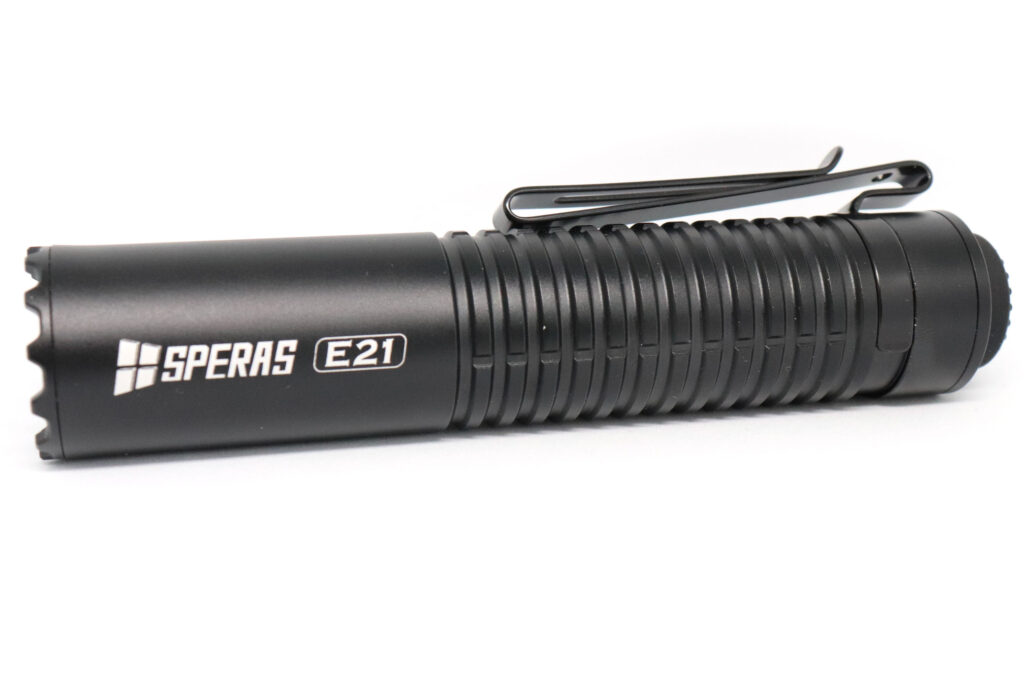
Speras E21 specs
| Brand & Model | Speras E21 |
|---|---|
| Flashlight category | Tactical, EDC |
| LED | SST-40 |
| Max. output | 2000 lumens |
| Max. beam distance | 322 meters |
| Max. beam intensity | 26,000 cd |
| Battery config. | Internal 21700 Li-ion |
| Onboard charging | Yes |
| Main modes | 5 outputs (Eco, Low, Med, High, Turbo) |
| Blinkies | Strobe |
| Waterproof | IP68 |
| Review publication date | October 2023 |
Review intro:
The Speras E21 looks like a very interesting light. It is a compact ‘tactical’ style 21700 tube light. That has sleek, yet aggressive styling.
Some unique features are the sealed design, meaning the battery is not user accessible. But that the E21 can also be used as powerbank to supply power to other devices. The E21 also uses a rather clever looking dual switch setup, hidden under a single switch boot.
The E21 utilises the well known SST-40 LED, so performance should be strong in all areas from flood to beam distance for a light of these dimensions.
Speras offer the E21 in a few different colour options, although it is one of those lights that arguably looks best in the satin black anodising finish. There is also a kit version that includes a gun mount and an electronic remote switch, to enhance its tactical ability.
When removing the light from the packaging, there is a bright yellow warning sticker, letting you know the light is locked out and needs unlocking before first use.
Package quality.
The E21 comes in a nice retail style box with lots of facts and figures on it letting you know all the specs of the light. You also get a few items:
- Lanyard wrist strap
- USB-C cable
- USB C to A adapter
- pocket clip (pre-installed)
- 21700 internal battery (the E21 is a sealed unit)
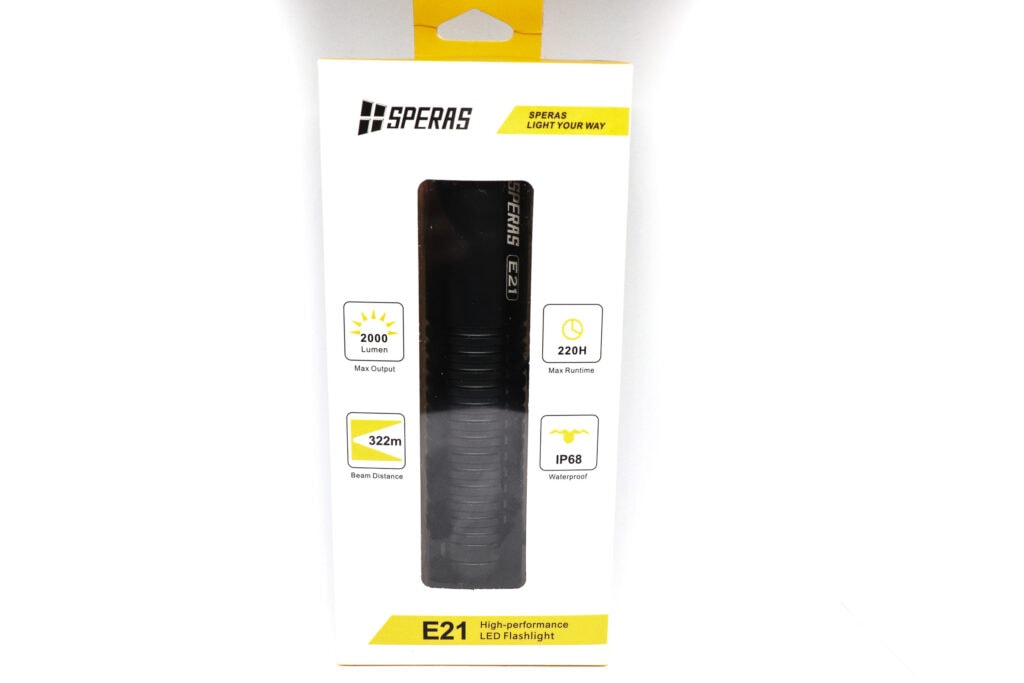
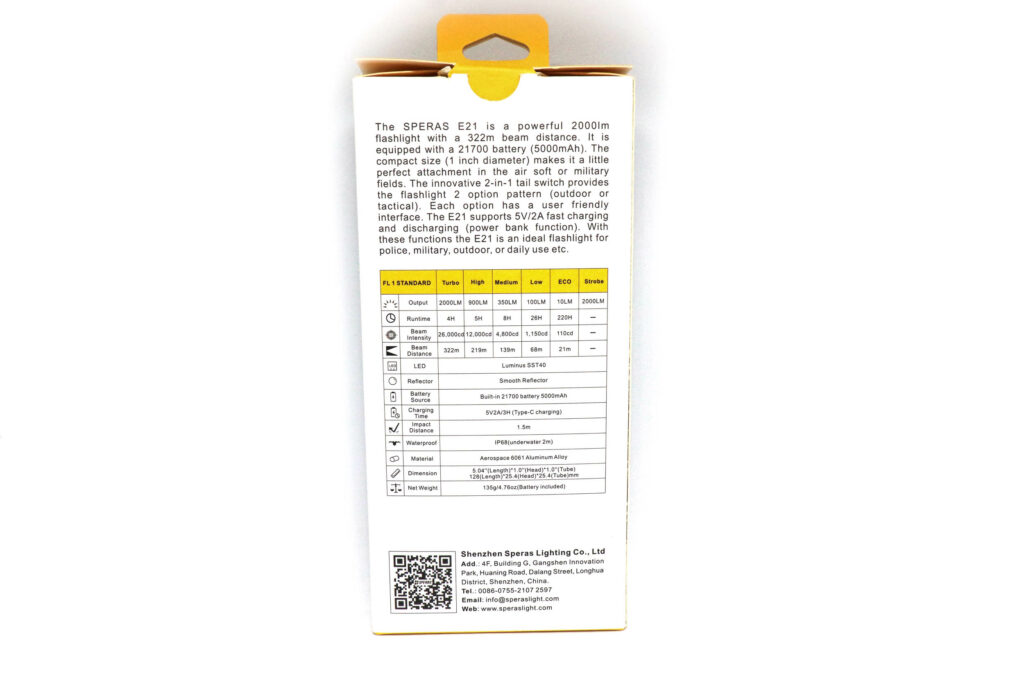
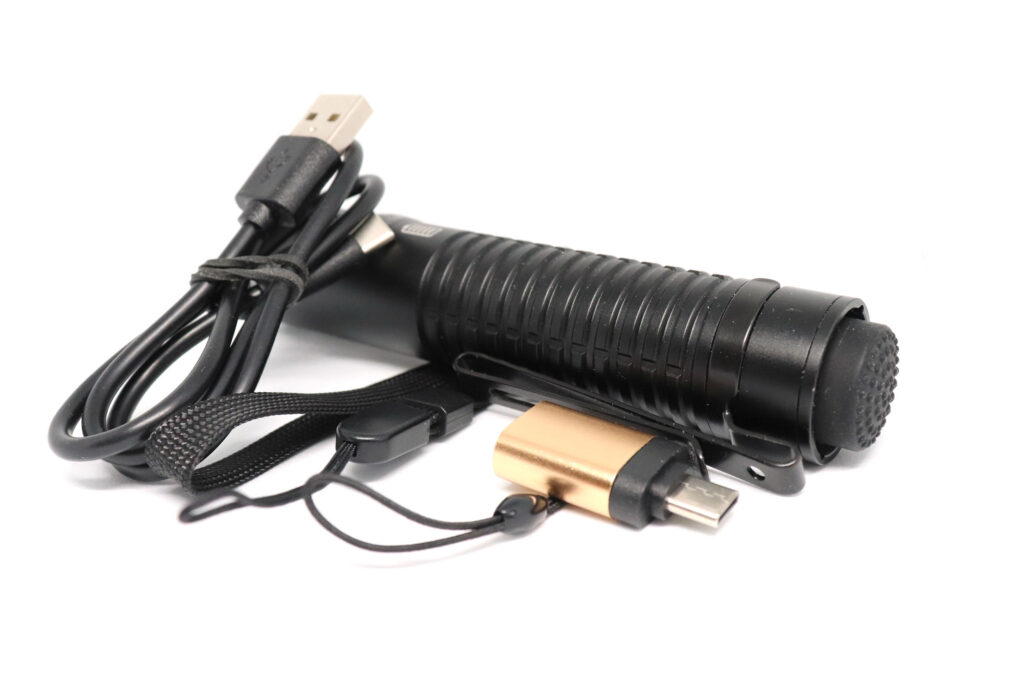
Flashlight in use, Build Quality, and Warranty
I very much like the design of the E21, for a 21700 light it is very compact, being hardly any wider or longer than an 18650 powered Convoy S2+. The E21 has a mostly smooth finish, with a ribbed grip section part way along the body. This provides plenty of additional grip to keep hold of the light.
The E21 also has a very good deep carry pocket clip. It comes pre-installed and while you can remove it. There is only one point where it can be fixed to the light. Oddly, while Speras do provide you with a lanyard wrist strap, there are no mounting points on the E21’s body to attach it. There is a hole on the pocket clip, which I assume is where they intend you to fix it. I’m not 100% convinced by this, as should the clip part ways with the rest of the E21, you’ll be left with just a pocket clip dangling from your wrist.
The clip has a secondary reversed clip, this gives a nice rounded edge to the clip and makes it easy to attach and the upper section does allow for you to be creative in how you may want to attach it to something.
Spears heavily market the E21 as a tactical flashlight. It has a large protruding momentary enable forward clicky switch. This does make it easy to quickly activate and the switch feels good to use. The ‘sub-switch’ by pushing the side of the rubber boot seems to work quite well, although does feel somewhat rubbery by comparison. It is a rather clever way of having a dual switch in a single switch boot however. Having a large exposed rear switch does mean that the E21 is not able to tail stand however.
In terms of the tactical nature of the light, there is also a very aggressive crenellated bezel. Although intending to use such an item as an offensive weapon would be highly illegal in the UK. That said, there are other tactical elements to the light, if you have it switched on, it is very quick and easy to activate strobe and there is also a mode to allow strobe to be accessed from off too. For me though, the UI is still lacking in finesse on what would truly be needed or wanted in any sort of tactical environment. But it is a reasonably good stab at getting it right.
This does mean that if you have no tactical needs from your torch, which is probably 98%+ of the people likely to use a torch. Then you can also use the E21 as an EDC carry light or even a general purpose light. The UI does again cause some limitations here. But they actually aren’t too bad at all.
For me the biggest limitation in use is the fact that it is a sealed unit and you cannot replace the battery in it. You are forced to plug it in and wait for it to charge. Which means, if you are relying on the E21 in a tactical or non tactical situation, you will probably need a backup light too, as you will not be able to simply have a spare battery to swap in.
Speras also offer a kit version of the E21 which comes with an electronic remote switch and a gun mount. This example under test does not have these, so I’m unable to report on how well they work. As Speras offer a gun mount, I assume (and hope) that the E21 can handle recoil from being mounted on a gun.
I found the warranty information somewhat confusing from Speras. On their Pre-Launch website page they say this:
5-YEAR FREE REPLACEMENT
Guarantee for Lifetime Assurance
We prioritize customer satisfaction, going above and beyond to exceed expectations. Our life-long warranty guarantees the quality and durability of our products, offering peace of mind. You also benefit from a 5-year free replacement policy, adding reassurance and protection. Experience unrivaled satisfaction and confidence with our commitment to your happiness.
The Speras product page of their website has no mention of warranty however..
Yet in the included instruction manual it simply says “5-year warranty from the date of purchase”, but that it requires a dealer stamp on the included warranty card.
Thankfully, the E21 seems to be very well made and finished and I can find no complaints from a quality point of view.
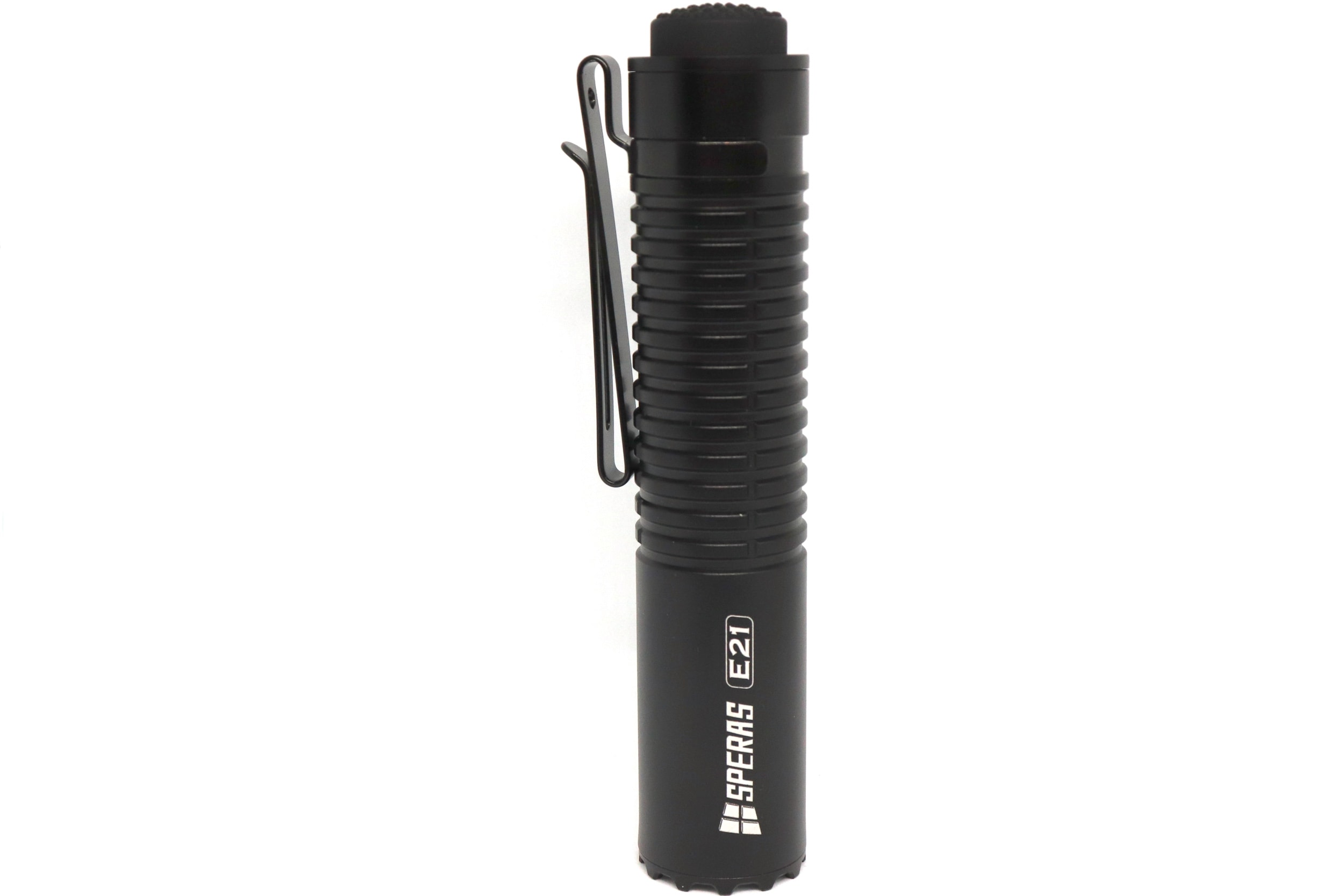
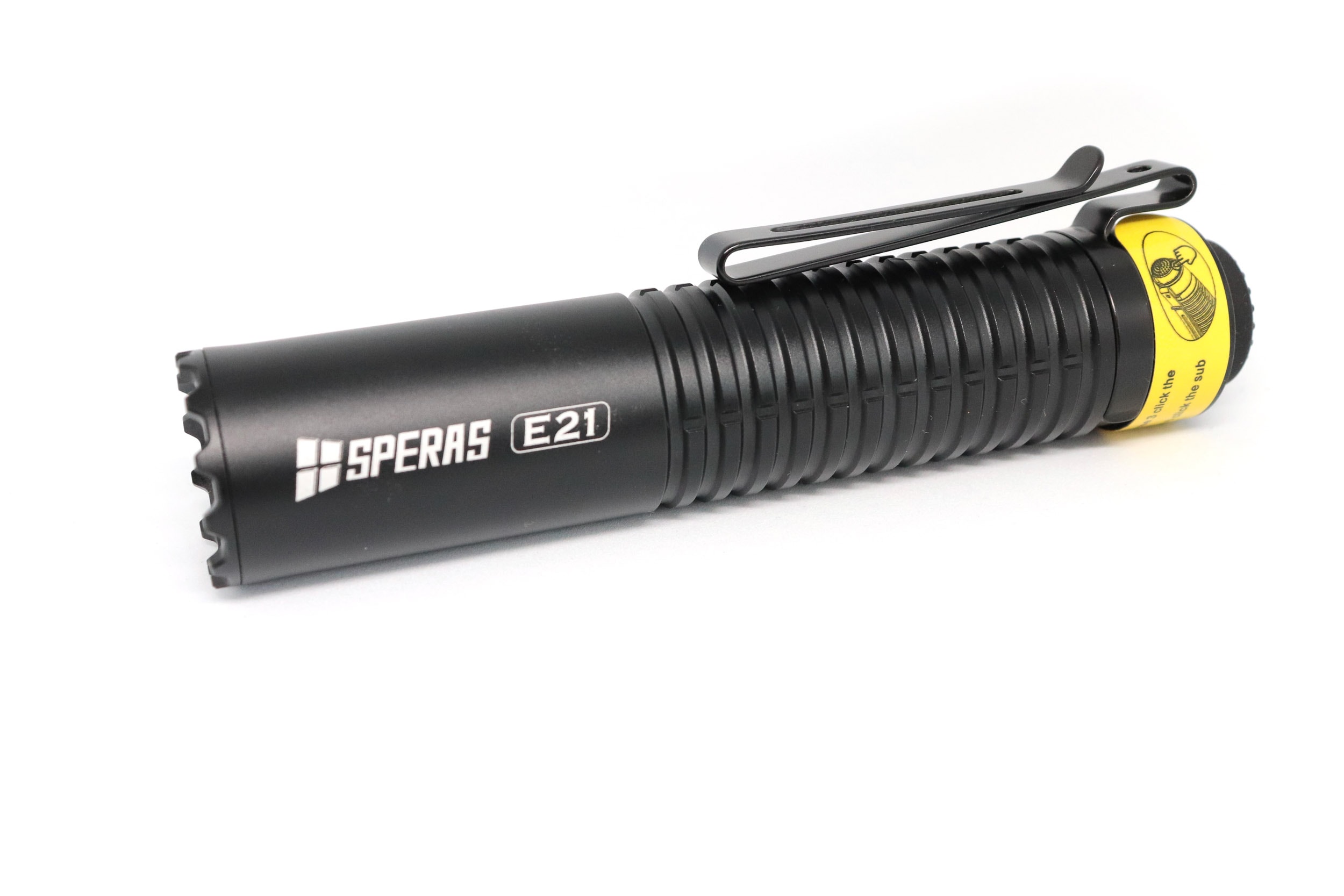
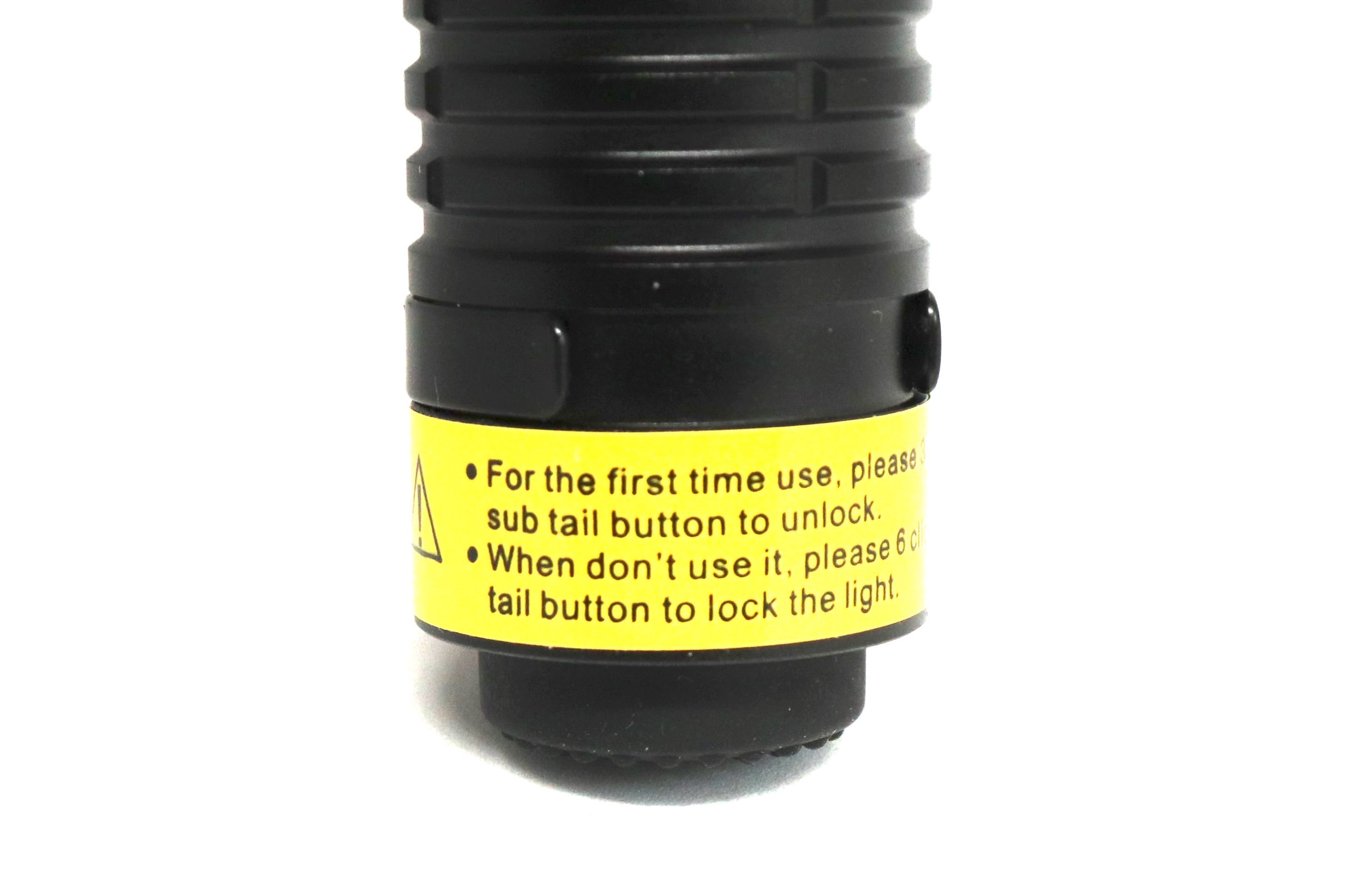
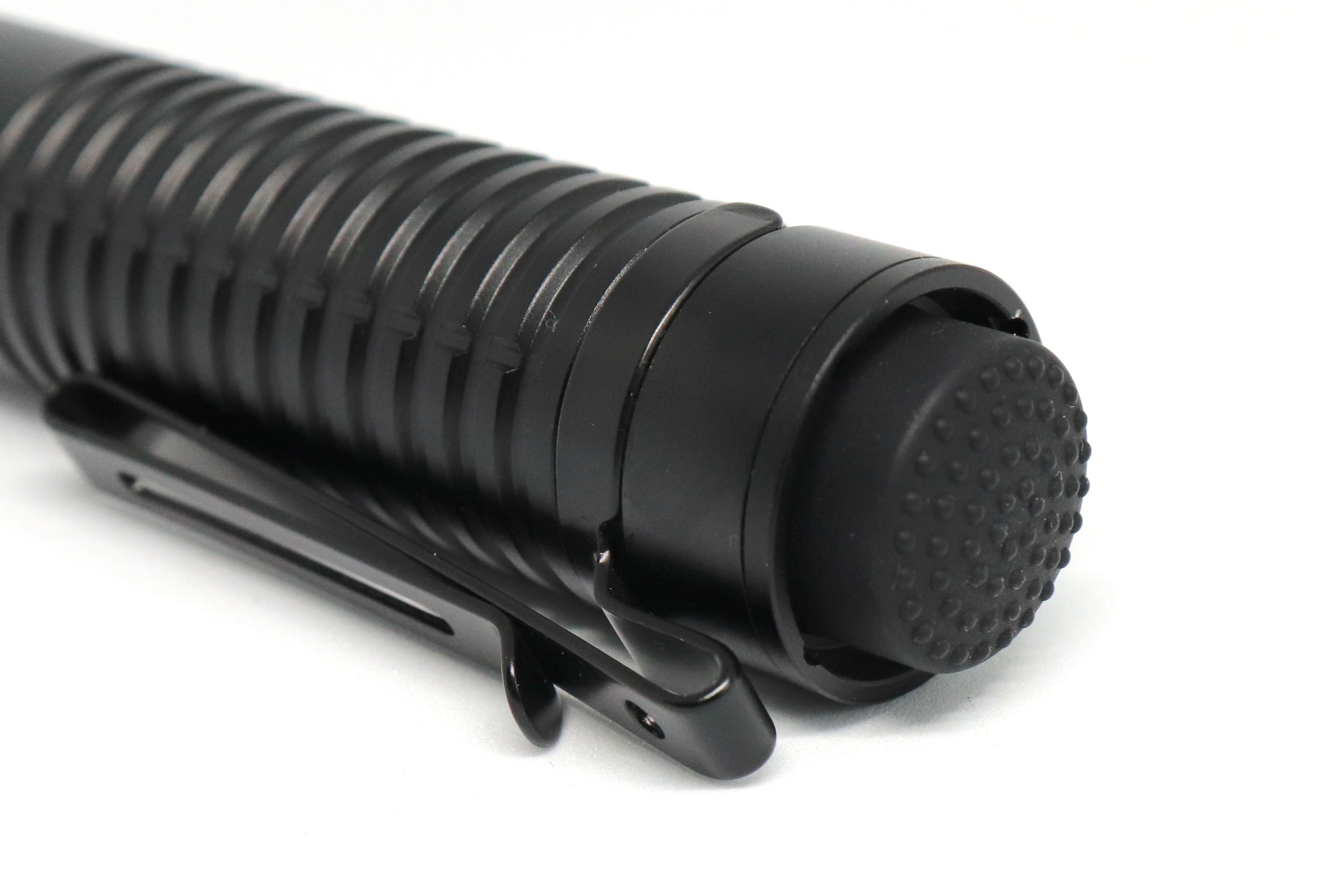
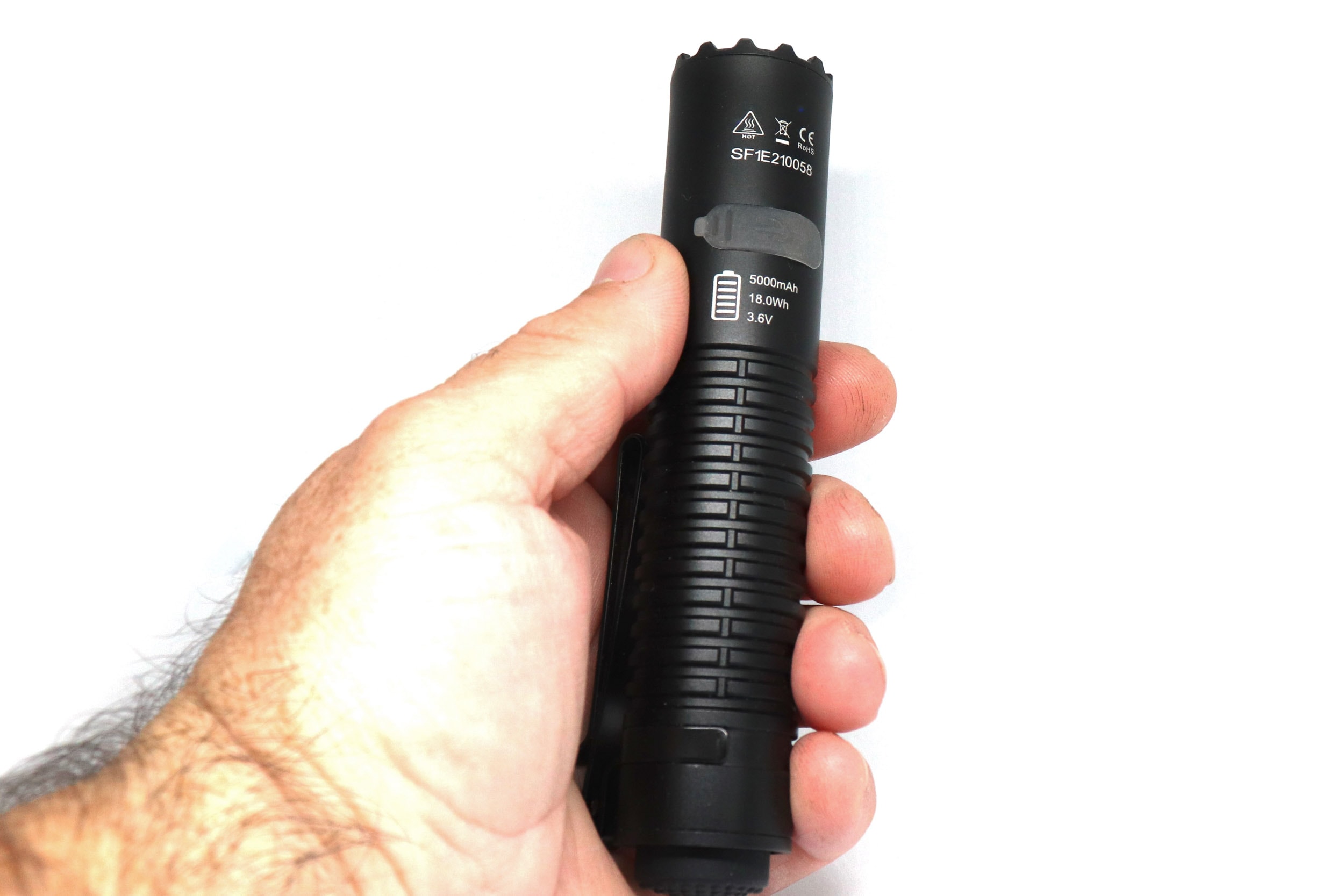
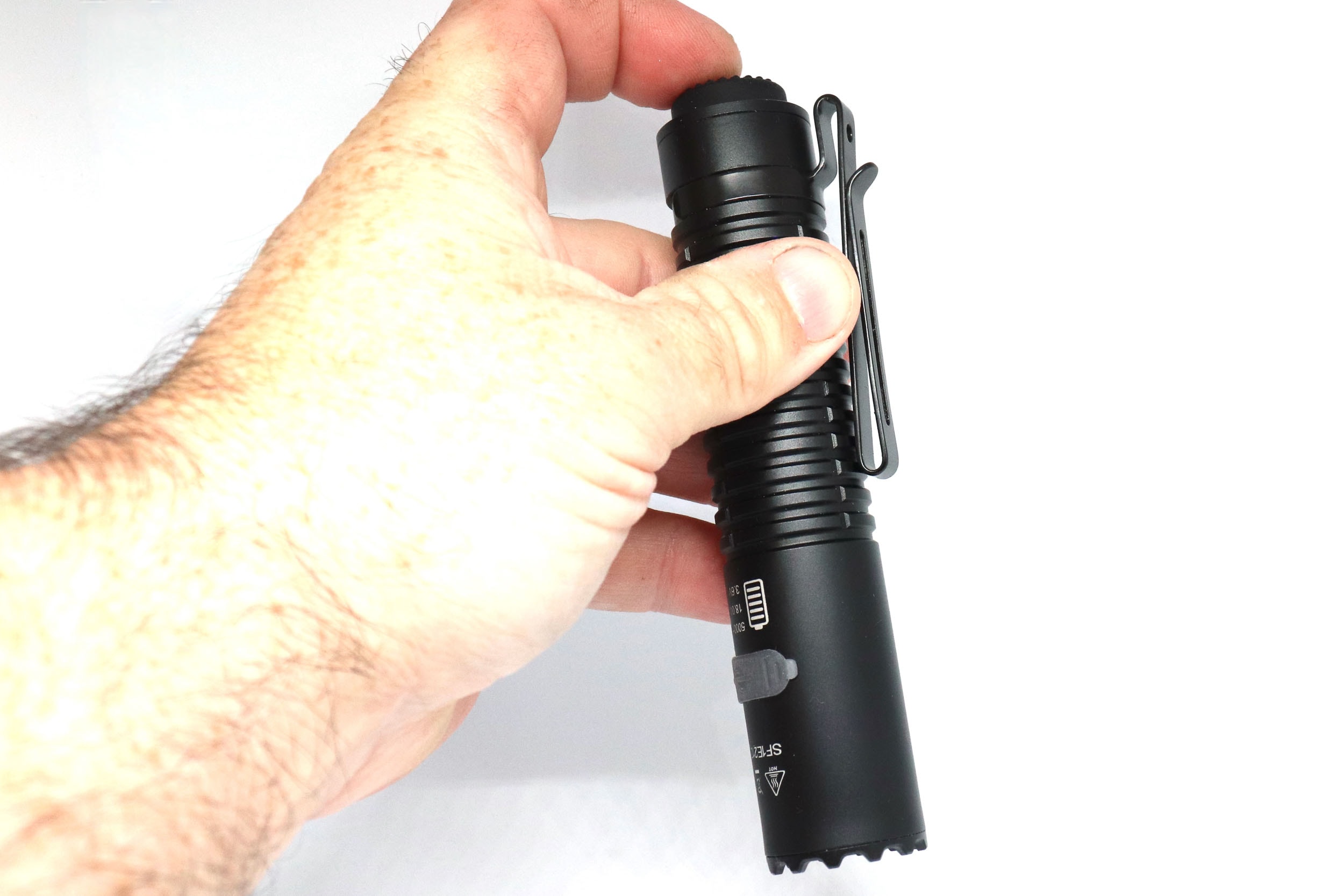
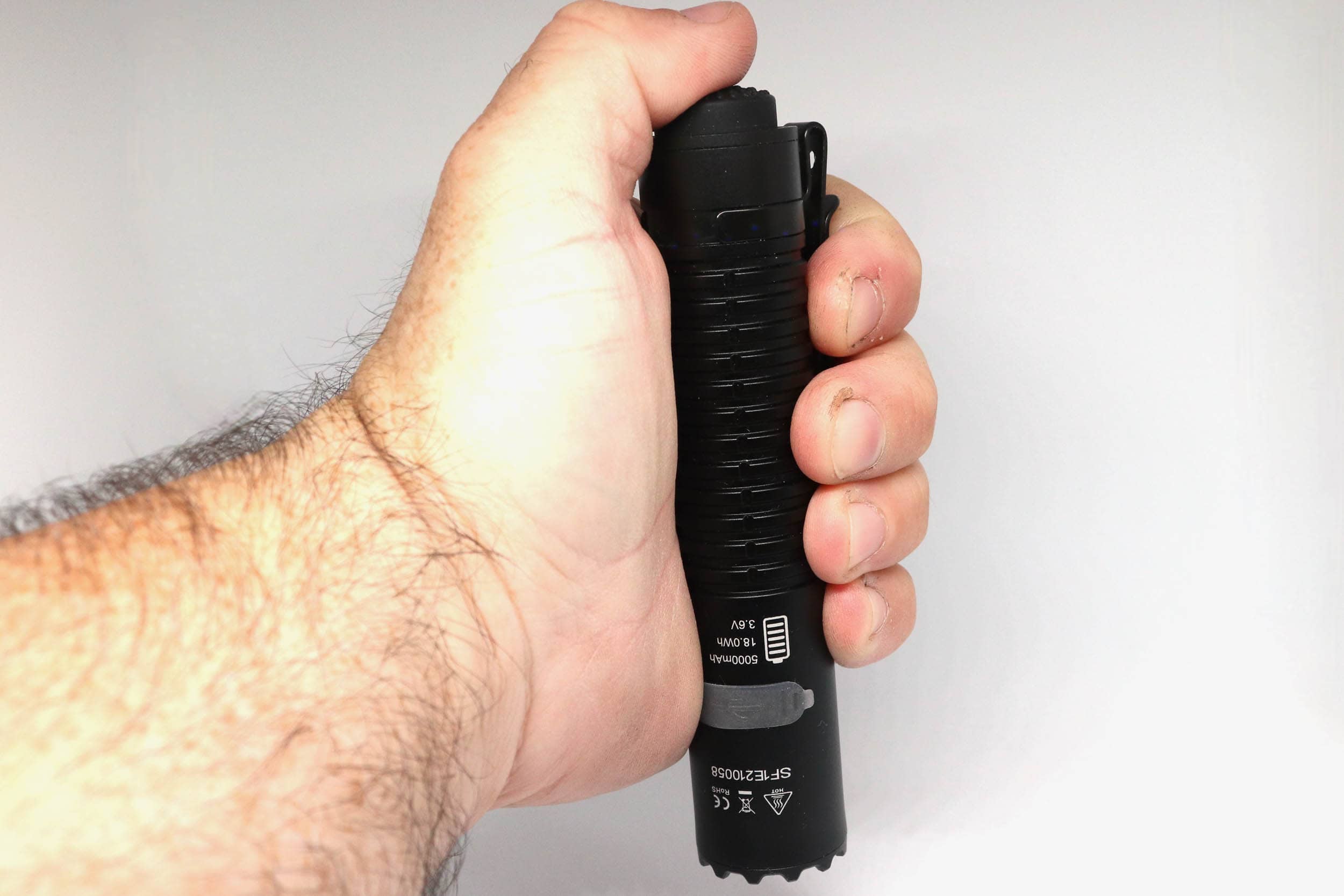
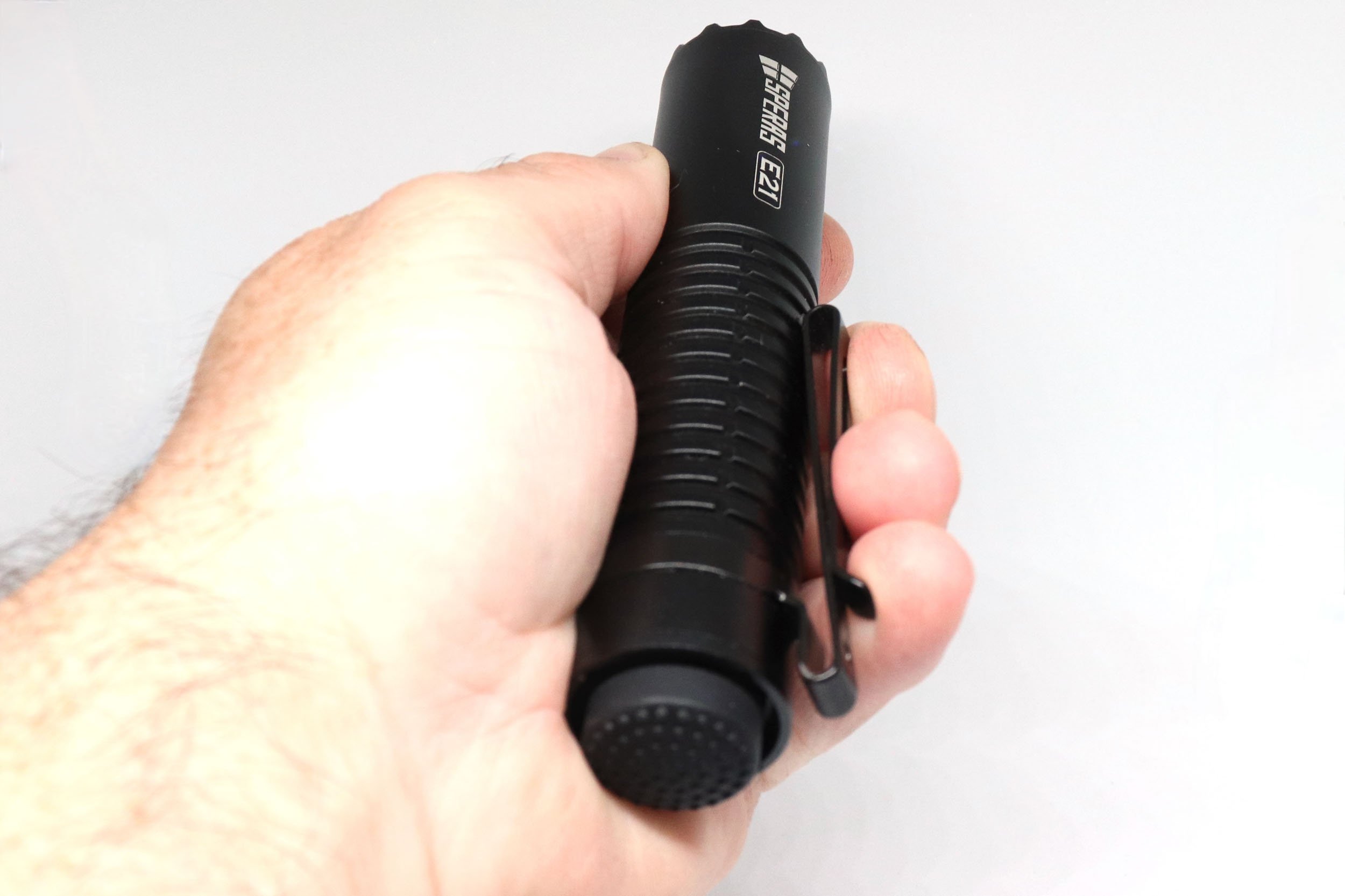
LED, Lens, Bezel, Beam, and Reflector
As mentioned earlier, the bezel has deep, albeit squared off crenellations. I like this, that should you place the light head down, you can still tell if it is on or not. Behind the bezel is a glass lens and a fairly large and deep smooth (SMO) reflector.
The E21 is equipped with the SST-40 LED. Combined with the smooth deep reflector, this gives a very usable beam with a largish hotspot, bright spill, yet plenty of beam distance for a light of this size. Especially once you pump the lumen level up. On Turbo mode it puts out quite a lot of lumens too, although it does get rather hot when doing this. A beam such as this easily fulfils the role of an EDC light, but one that would be just at home on a camping trip or being used indoors.
While the beam profile is very good, it is a shame that, on my example at least. That the beam has a bit of a greenish tint to it. And a pronounced tint shift on the lower output modes to make for an even greener beam. It is by no means the worst tint I’ve seen, but I’ve certainly got other SST-40 equipped lights that produce a much nicer tint.
From my Opple light metre:
- CCT: 5361K
- CRI Ra: 60.3
- x = 0.3364
- y = 0.3708
- u = 0.1985
- v = 0.3283
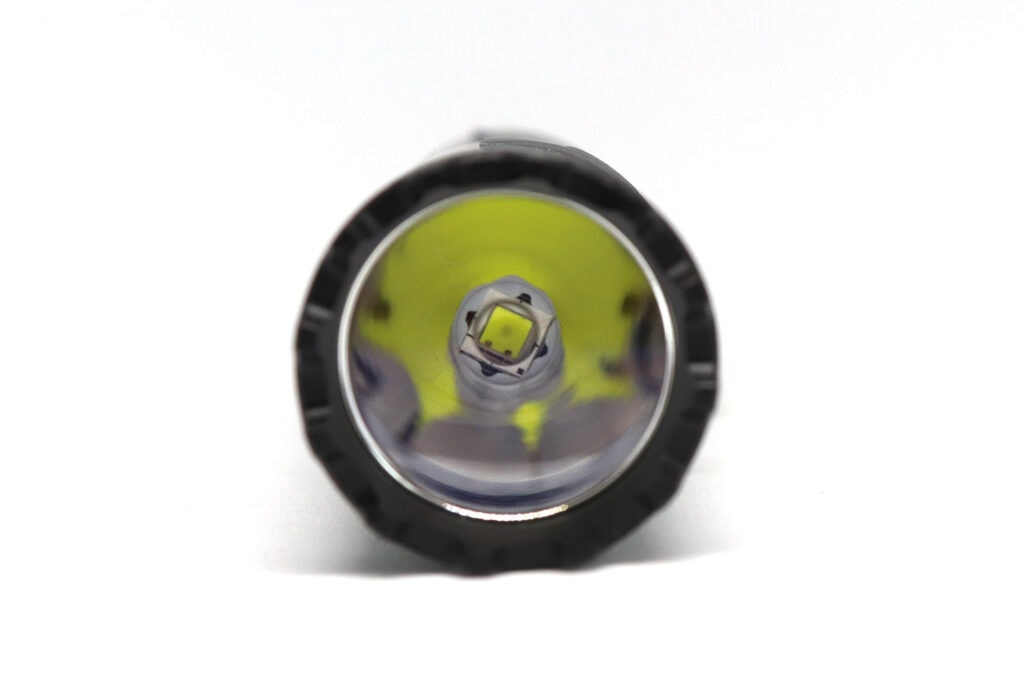
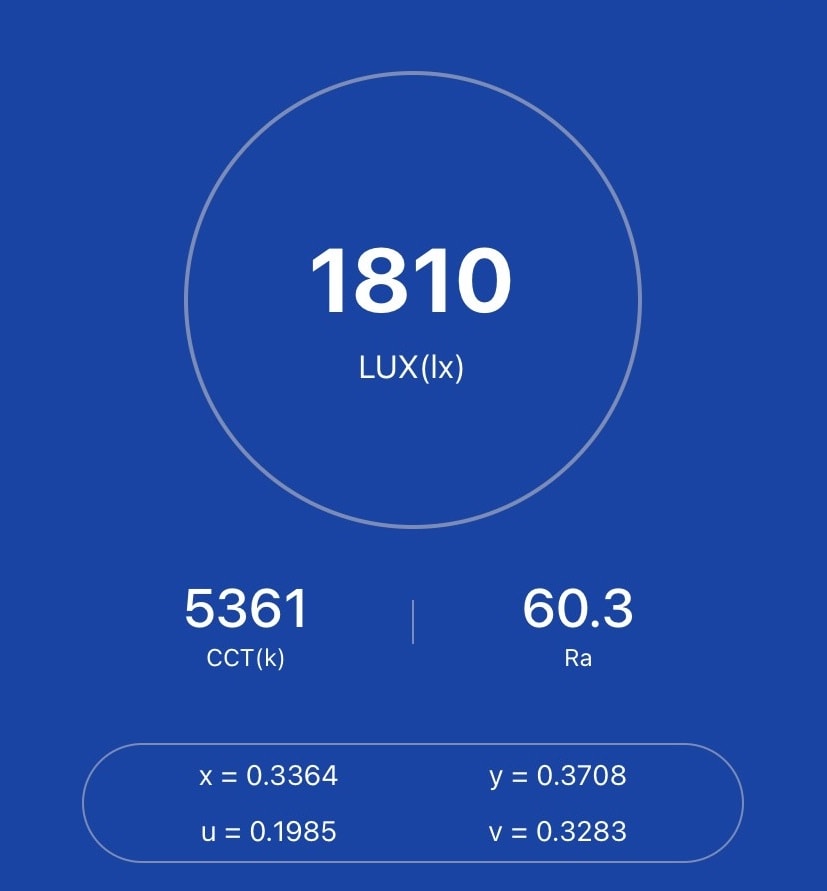
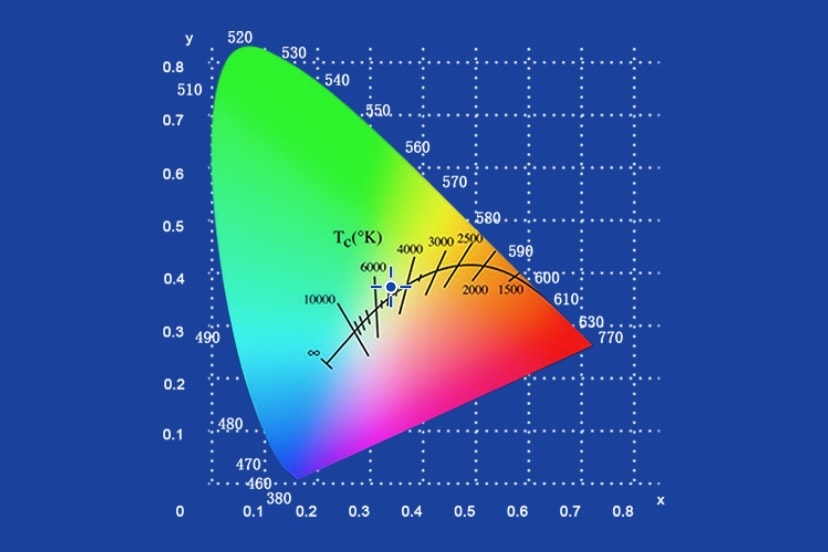
Dimensions and its competition
Dimensions:
| Speras E21 | Millimetres | Inches |
|---|---|---|
| Length | 128 mm | 5.04 in |
| Head diameter | 25.4 mm | 1 in |
| Body diameter | 25.4 mm | 1 in |
Dimensions are rounded to the nearest millimeter, and to the nearest tenth of an Inch.
Weight:
| Speras E21 | Weight in grams | Weight in oz |
|---|---|---|
| With battery | 135 g | 4.76 oz |
Weight is rounded to the nearest gram, and to the nearest tenth of an Oz.
Flashlight size comparison with its competition:
Group 1: Speras E21, Convoy S2+
Group 2: Speras E21, Zebralight SC600w IV Plus
Group 3: Speras E21, Wurkkos TD02
Group 4: Speras E21, JetBeam RRT01 Raptor
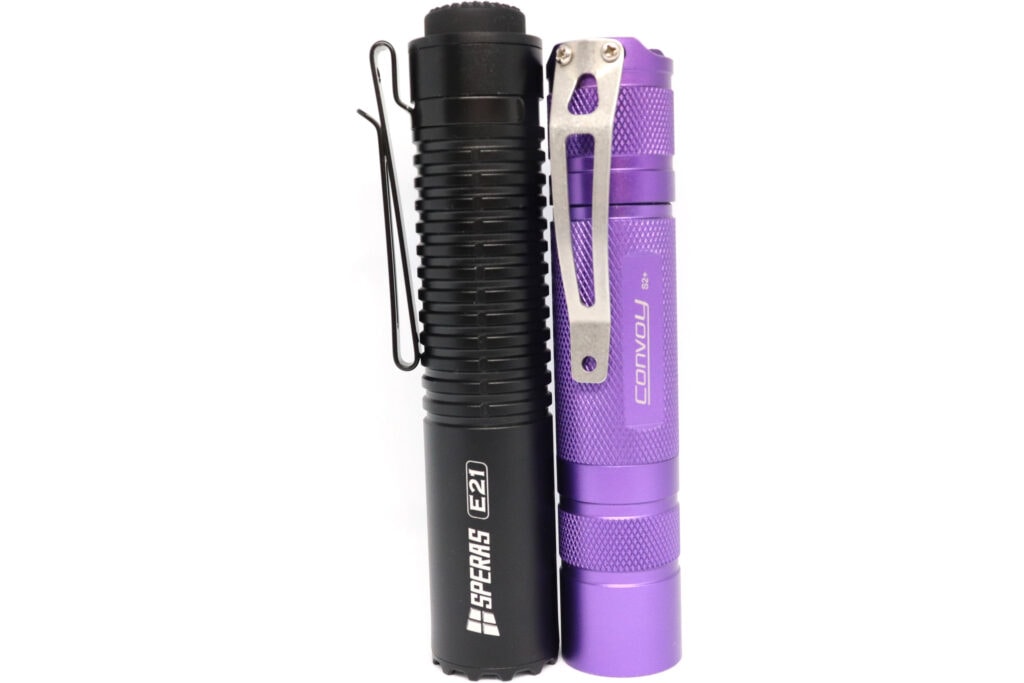
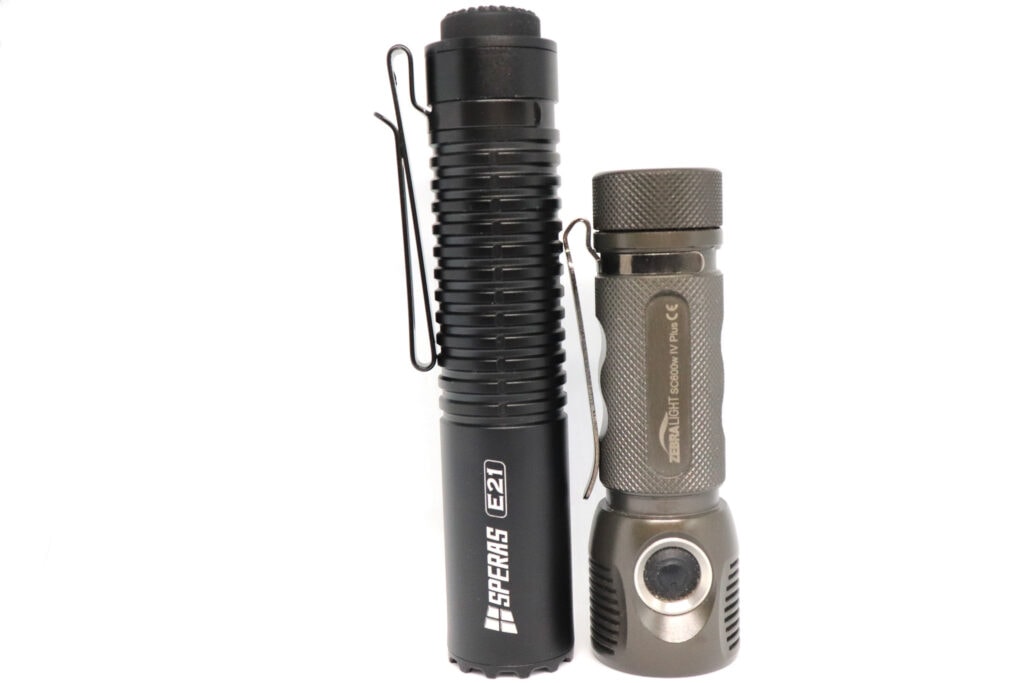
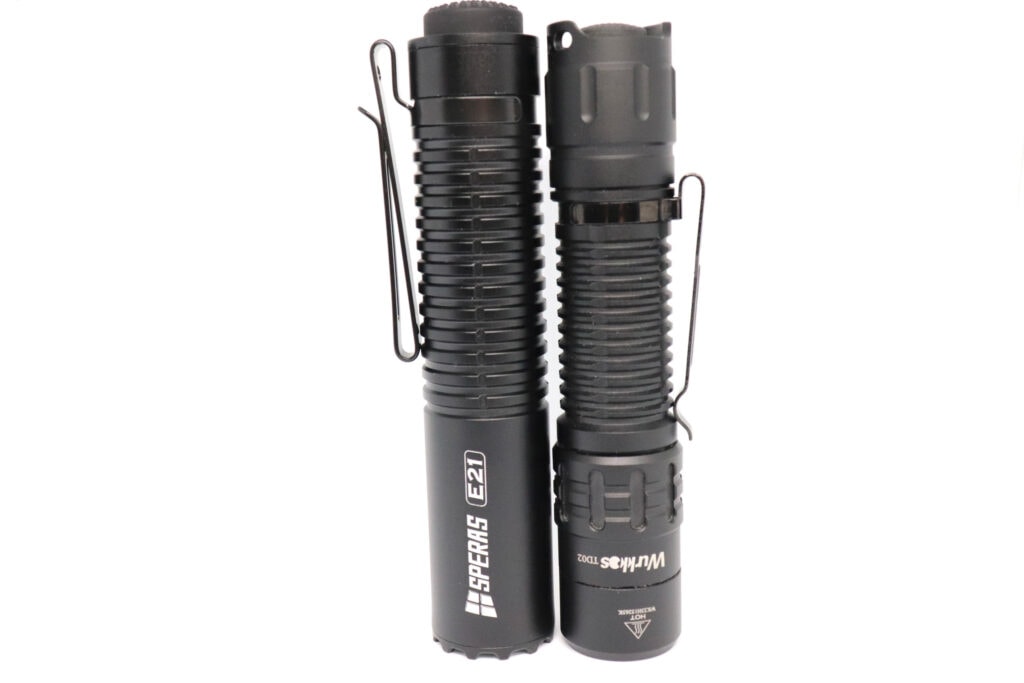
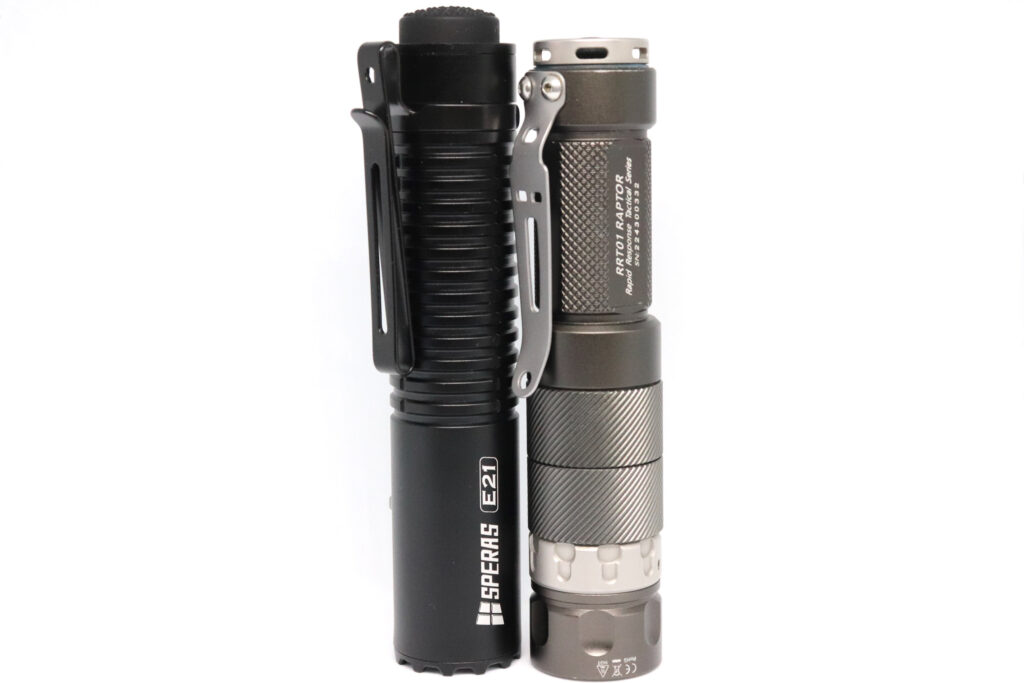
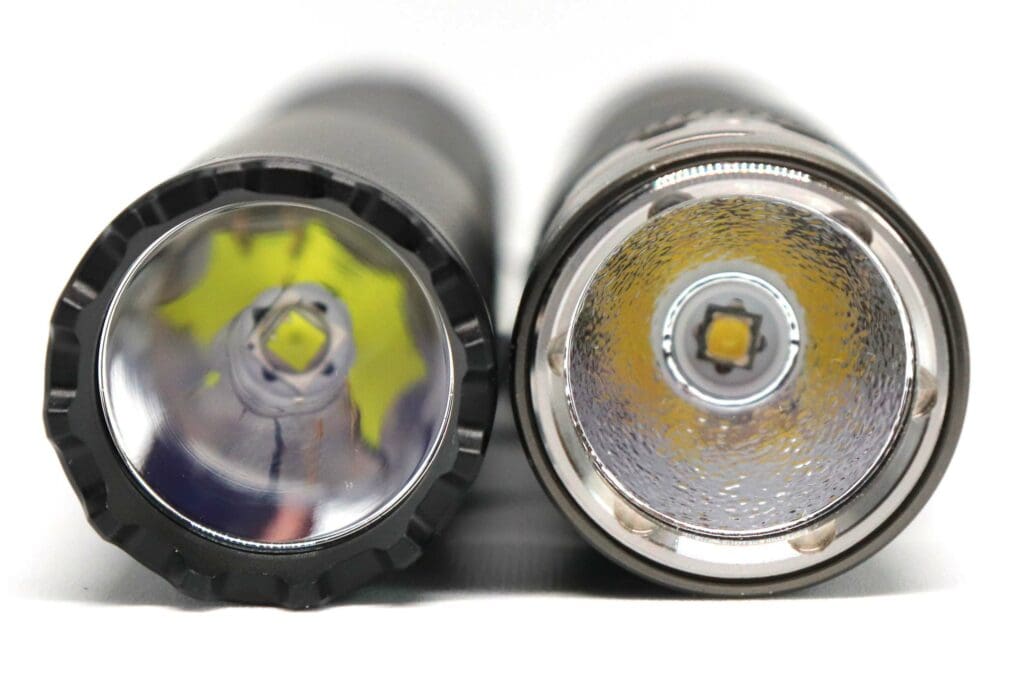
Speras E21 UI: User Interface and Driver
The E21 has two main sets of modes that Speras call ‘patterns’. By default the light arrived in the “Outdoor” pattern, but there is also a “Tactical” pattern which can be selected.
In order to change patterns you need to have the E21 connected to a power source via the charge cable. The light will work when plugged into USB and to change patterns you have to tap the sub-switch 3 times, the E21 will give some confirmation blinks that you have changed mode.
In some ways I really like this, as you can’t accidentally switch patterns in use. The downside of course is, if you need or want to switch patterns you cannot do so unless you have a USB cable and powersource to hand.
Available modes:
- Eco, Low, Medium, High, Turbo
Available blinky modes:
- Strobe
From OFF in the ‘Outdoor’ pattern:
- Press and hold: Momentary On (last mode memory)
- Single click: On (last mode memory)
- Sub-switch press: Momentary – Eco
From ON in the ‘Outdoor’ pattern:
- 1 click: Off
- Sub-switch push: Mode change (Eco → Low → Medium → High → Turbo)
- Sub-switch push and hold: Strobe
From OFF in the Tactical pattern:
- Press and hold: Momentary On (Turbo)
- Single click: On (Turbo)
- Sub-switch press: Momentary – Strobe
From ON in the ‘Outdoor’ pattern:
- 1 click: Off
- Sub-switch push: Mode change (Eco → Low → Medium → High → Turbo)
- Sub-switch push and hold: Strobe
Mode memory:
- Yes in Outdoor pattern (sad face…..)
Shortcuts:
- To Low: Only Eco in Outdoor pattern
- To Turbo: Only in Tactical pattern
- To Strobe: Only in Tactical pattern
Low voltage warning:
- Yes. Charging indicator LED Green for > 70%, Orange 30-70%, Red 10-30%, Red flashing for <10%
Strobe/blinkies
- Strobe only
Lock-out mode:
- Yes. The main switch feels like a mechanical switch, however the USB port is still active as is the sub-switch. I therefore assume there is a potential for standby drain. There is no way of locking out the USB port. There is a secondary electronic lock-out however, tap the sub-switch 6 times to lock and 3 to unlock.
PWM
- None that I can detect.
Additional/summary info on the UI: The E21 has a somewhat unique User Interface. Not so much in the modes, but the physical button layout. There is a large forward clicky tail switch. This gives you momentary activation as well as turning the light on fully if depressed all the way down. This switch feels good to use and is very positive. Being a forward clicky, when the light is activated the only action you have is to click it to turn the light off.
You can’t half press it while it is on, you would need a reverse clicky switch for that. But a reverse clicky cannot offer momentary activation.
In addition to the main switch, there is a secondary hidden switch. I assume this is more of an electronic switch than a mechanical one as it makes no clicks or noise at all. The main switch’s rubber boot is large and protrudes quite far from the end of the light, this does prevent tail standing, but makes the button easy to access.
The hidden button Speras refers to as a ‘sub-switch’ is activated by pushing the main switches rubber boot to the side. The instructions are not clear on how this works and it did take a little bit of playing with the light to realise this. The ‘sub-switch’ is used for a secondary momentary action when the light is off or to change modes once the light is on. Other makers such as Klarus have offered a similar kind of mode opperation dual tail switch in the past. But this is the first time I’ve seen such a setup combined into a single switch boot.
Overall the switch setup works quite well, although the ‘sub-switch’ does feel very rubbery to push and can require a reasonable amount of movement. I’ve found that there are also some spots around the main switch where the sub-switch doesn’t activate very well. And some hand grips make using the sub-switch a bit more of a challenge. But overall I quite like this switch arrangement and hope to see something similar on future lights.
As with many lights these days, it is the E21’s user interface that is probably the weakest part of the design. The UI is quite usable overall, but still lacking in some areas. As a pure tactical light, it is good with the momentary that defaults to Turbo and when you activate the light (when in the Tactical pattern). But in this mode there is no way to activate the light in a low output mode. And over 2000 lumens close up is not very stealthy and rather blinding to the user.
- I do like that strobe is instantly accessible, I see no point having it if it takes a long time to activate. But I’d think the reality being, that strobe would not be your primary or even secondary means of attacking or defending in most situations. Speras seems to market the E21 towards the airsoft sector according to info on their product page, but even then I’m unsure how much you’d really want to use strobe. In addition to this, there are five output modes, which when in the Tactical pattern may well default to Turbo, but it also means quite a bit of counting and mode scrolling to advance through the output modes, if your desired mode is not maximum lumens. Five output levels are too many when you have no quick ways to access either end of the spectrum. The E21 does not support any double taps or press and hold actions apart from strobe activation.
Therefore, I find that while on paper the tactical pattern might seem ok. For broader use you would be restricting yourself to Turbo only for any momentary action and activation, a bit like a single output light. - When in the Outdoor pattern things are no better. I do like that the sub-switch now defaults to Eco instead of Strobe. Which makes it much more usable in general use. But it has the age old problem that you now have mode memory. I really do hate that this is the go to in the flashlight industry currently. It feels like nobody actually uses their lights during an R&D phase. Mode memory means the light will activate (including main switch momentary) in the last mode you used. But the reality is, most people will have no idea what mode they used last. So it gives you this horrid situation that you have no clue what will happen when you depress the button.
- For example, if you happened to use Eco last time you had the light on. You now have two switches (the main one and the sub-switch) that are both activating the same mode. What a pointless ability that is….. And there is no way to change modes without fully turning the light on. The lack of any shortcuts to Turbo or Low are even more prevalent in the Outdoor mode and you do find you end up scrolling through the output modes and if you misscount, you end up scrolling through maybe two or three times to get to the mode you meant to select. Which is a lot of button clicks when all said and done.
Speras E21 Charging and batteries
As the E21 is a sealed unit, your only option for charging is to plug it into a USB power source. Speras claims it uses an LG 5000mAh INR 21700 battery. But I have been unable to open the light up to confirm. However, I have no reason to believe this is not the case.
I would say I’m perhaps not a fan of the design decision to make the battery inaccessible. And I’m sure it will divide opinion amongst buyers too. Obviously should the worse happen and the battery fails or massively reduces in performance. You probably have nothing you can do other than throw the light away. You might be able to get some kind of warranty repair or replacement, but overseas shipping makes this unlikely to tentative at best if you are having to fund the shipping costs and then hoping Speras agree that it is a fault that they will address.
On a more basic level, it means I also can’t simply swap in a new battery. I will need to wait hours for it to charge. For me, this means lights such as this are not lights I can rely on and would either need another backup light or more likely just a different light. I faced this recently, my primary light battery went flat unexpectedly (I’d probably forgotten to charge it!). My backup light was not quite the right light for the job at hand, but all I had to do was swap the batteries over and I was back in business. Had I been using the Speras E21, it would have been chucked in the corner and probably left there.
As for charging the light, Speras supplies a USB-C cable with the E21. You pop open the rubber cover (which is easy to open and close) and plug it in. There is a battery indicator LED next to the USB port. When charging it will be red and turn green when fully charged. When using the light this is also a battery meter indicator (Green for > 70%, Orange 30-70%, Red 10-30%, Red flashing for <10%).
I did encounter some issues trying to charge the E21. Speras claim it will charge at 2amps. If I plugged the light into my Mac computer, Mac OS would tell me an accessory is using too much power and that USB ports are disabled. Unless the E21 is mostly charged (70%+), I was unable to charge it from this kind of power source.
I then reverted to using a dedicated USB power supply rated at up to 3.1amps. I typically use this USB power supply for charging all my USB devices, such as other torches, my iPhone, portable speaker etc. But for some reason the E21 did not like this power supply at all. I was unable to get an amp reading, but to charge from flat was taking over 24 hours. In the end I used another USB power supply that is just the standard rating. The E21 seemed much happier this time round and would charge up in more like 3- 5 hours. I’ve not had charging issues with any of my other USB chargeable flashlights and does show that should you be travelling or using other USB ports that the E21 might be a little picky.

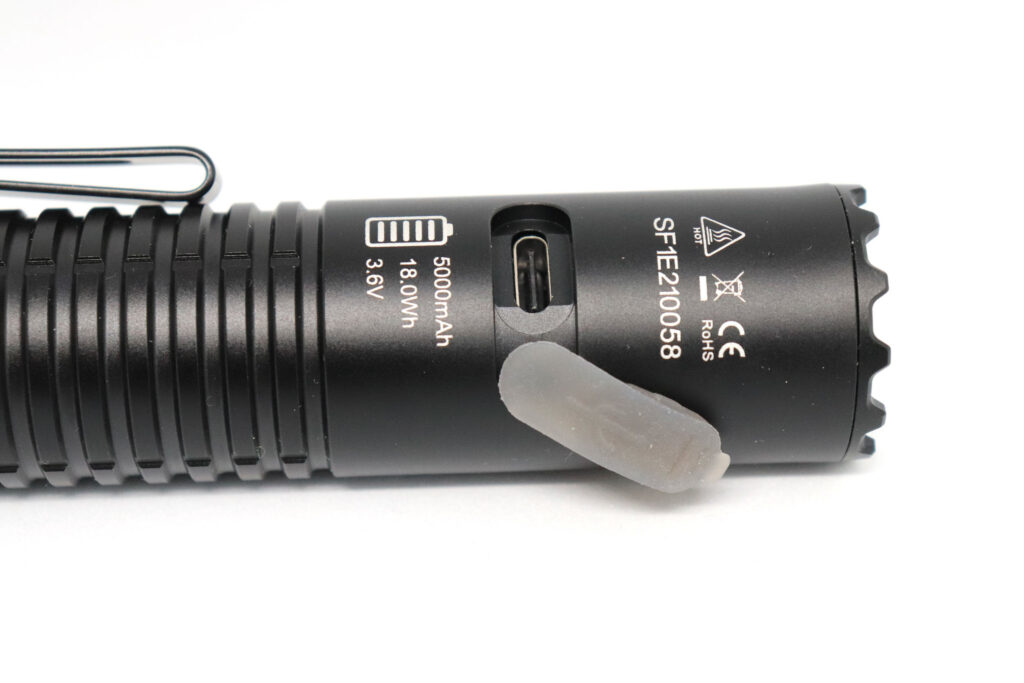
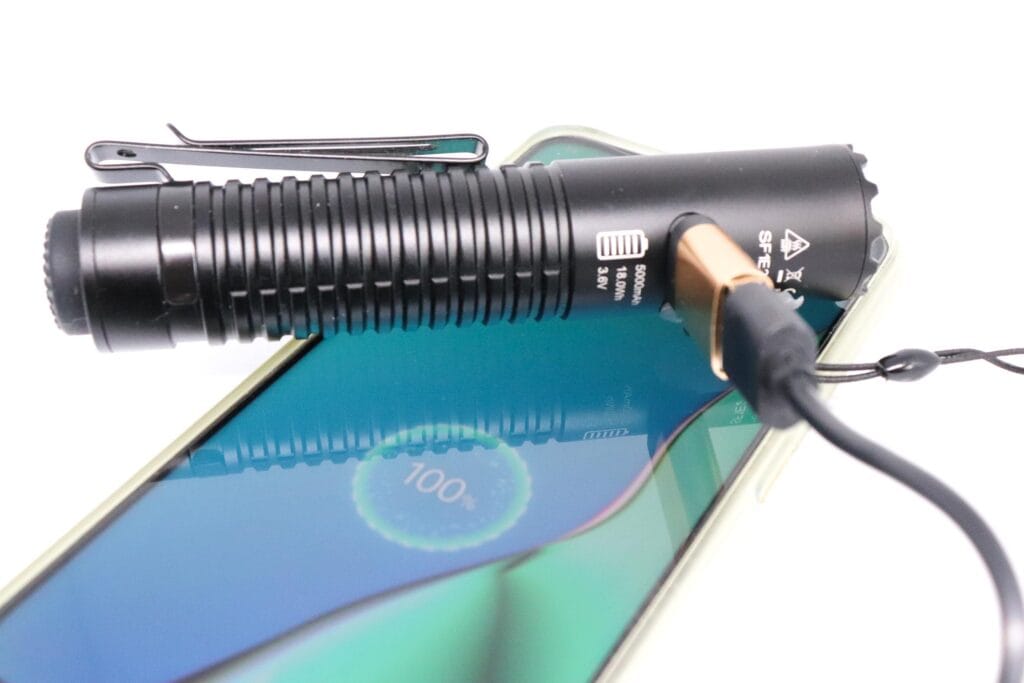
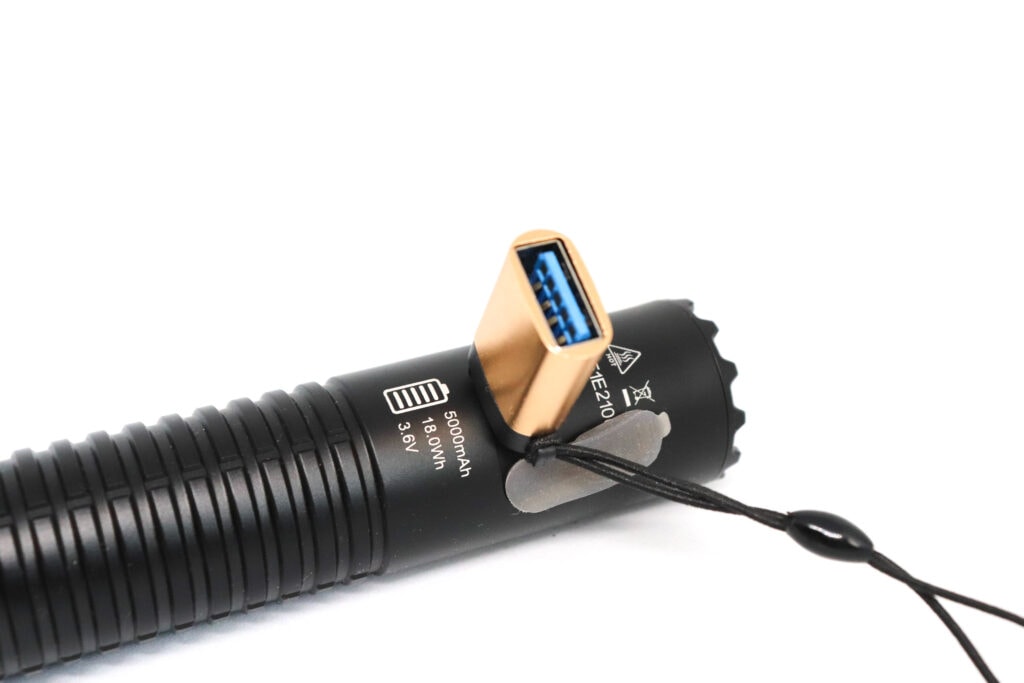
Performance test
Lumen measurements
To test performance I used a 1Lumen supplied and home built integrated sphere and light meter. I also use a secondary lightbox for runtime testing with the Android based CeilingBounce app.
How Lumens are Measured: Understanding ANSI FL1 Standards How Lumens are Measured: Understanding ANSI FL1 Standards: The ANSI FL1 standards specify that output in lumens should be measured 30 seconds after turning on, as this is the standardized time for measuring brightness according to the industry standard. This is why we focus on this part in our measurements. The ANSI FL1 standards require an ambient temperature of 22 ± 3°C. We record the ambient the ambient temperature to identify potential reasons for any observed discrepancies.| Mode | Specs | turn on | 30 sec | 10 minutes |
|---|---|---|---|---|
| Eco | 10 | 18 lm | 17 lm | Not tested |
| Low | 100 | 120 lm | 119 lm | Not tested |
| Med | 350 | 405 lm | 400 lm | 383 lm |
| High | 900 | 1001 lm | 979 lm | 425 lm |
| Turbo | 2000 | 2479 lm | 1,885 lm | 442 lm |
Parasitic drain:
- Unable to test due to sealed battery.
Speras E21 battery Life: runtime graphs
How Runtimes are Measured: Understanding ANSI FL1 Standards About ANSI FL1 runtime standards: The runtime is measured until the light drops to 10% of its initial output (30 seconds after turning on). This does not mean that the flashlight is not usable anymore. The last column shows how long the light actually works till it shuts off. If there is a + symbol, it means that the test was stopped at that particular point, but the light was actually still running. This happens on certain occasions, with certain drivers, firmware, or batteries.| Mode | Specified runtime | Measured runtime ANSI | Time till shut off |
|---|---|---|---|
| Eco | 220h | Not tested | Not tested |
| Low | 26h | Not tested | Not tested |
| Med | 8h | 7h 58min | 8h 25min |
| High | 5h | 4h 53min | 5h 18min |
| Turbo | 4h | 4h 28min | 4h 54min |
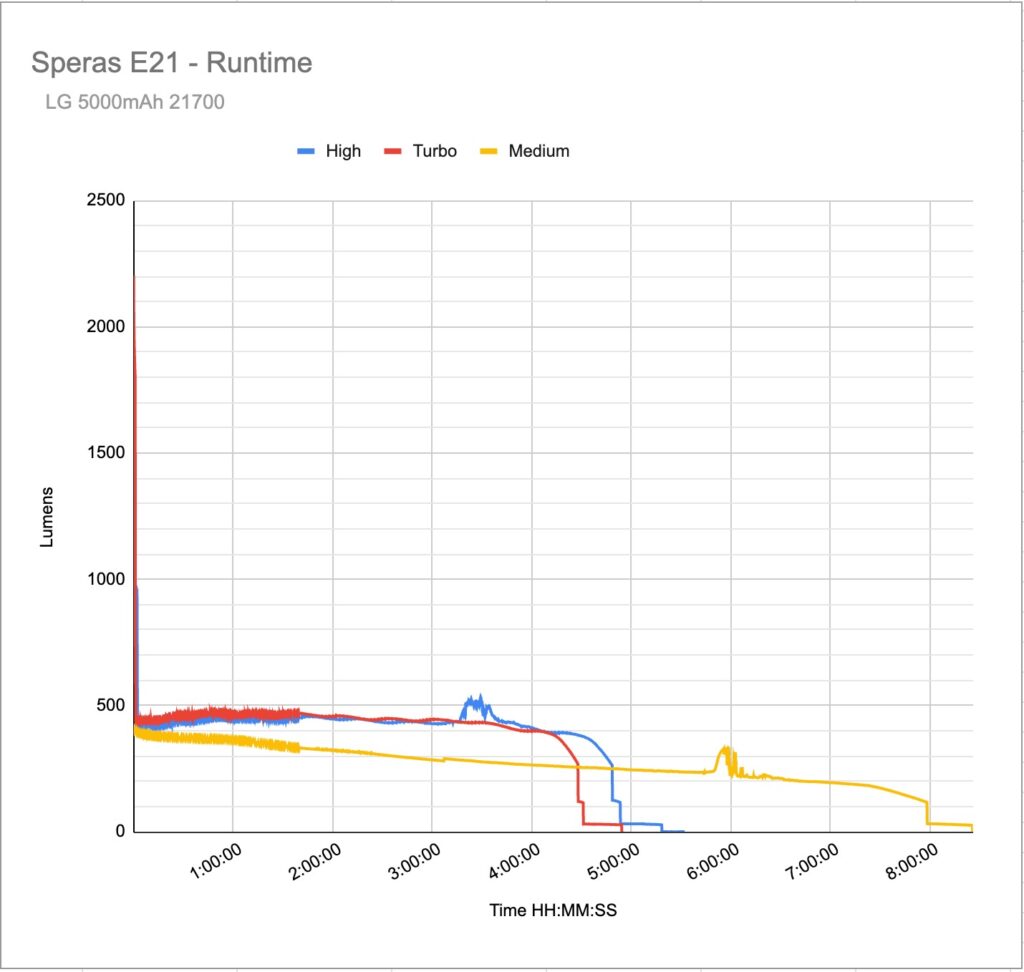
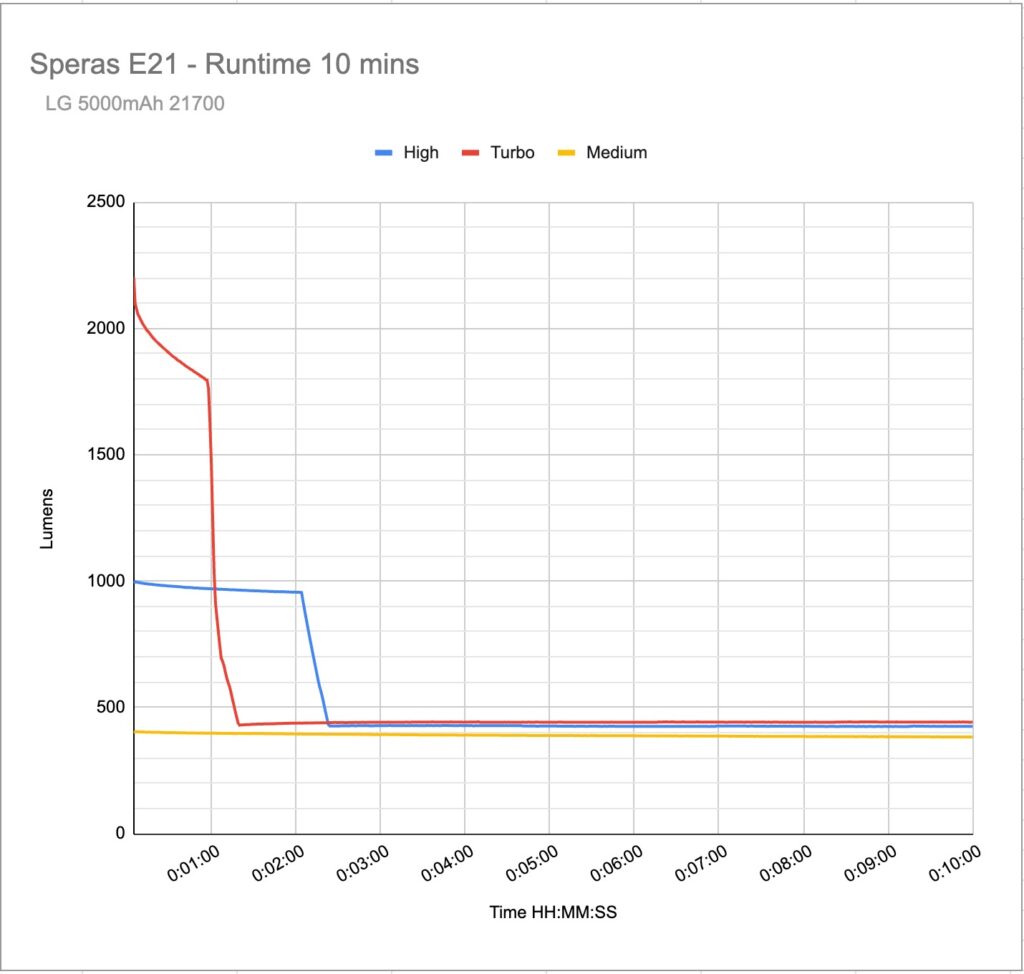
Peak beam intensity and beam distance measurements
About Peak beam intensity: Understanding ANSI FL1 Standards About peak beam intensity The calculated value of distance in meters at which the flashlight produces a light intensity of 0.25 lux. (0.25 lux is about the brightness of a full moon shining on an object). This means that the intensity has decreased so much, it becomes difficult to see darker objects, or objects that don’t reflect light. The columns ‘Meters’ and ‘Yards’ use rounded numbers.| Mode | Specs | Candela measured | Meters | Yards |
|---|---|---|---|---|
| Eco | 21m / 110cd | 231cd | 30m | 33yd |
| Low | 68m / 1,150cd | 1,663cd | 82m | 90yd |
| Medium | 139m / 4,800cd | 5,937cd | 154m | 168yd |
| High | 219m / 12,000cd | 13,819cd | 235m | 257yd |
| Turbo | 322m / 26,000cd | 27,972cd | 334m | 365yd |
Beamshots
Camera: Canon EOS 200D DSLR with Canon 18-55mm EF-S IS at 18mm. Shutter: ¼, Aperture: F4.5, ISO: 1600, White Balance: 5200k
To take the photos the camera and torch being photographed are both mounted to a tripod.
Distance: 100m to the building
Distance: 50m to the basketball hoop
Beamshots of the following flashlights compared:
- Speras E21
- Convoy S2+ – Osram W1
- Zebralight SC600w IV Plus – XHP50.2
- Wurkkos TD02 – SST-40
- JetBeam RRT01 Raptor – Nichia 219c
Please note that beamshots are mainly intended to showcase the beam pattern and beam quality, rather than overall performance. These images are typically taken directly after activation, and do not fully represent its overall performance. For accurate performance metrics, such as output, beam distance, and runtimes, you need to look at the performance section of this review.
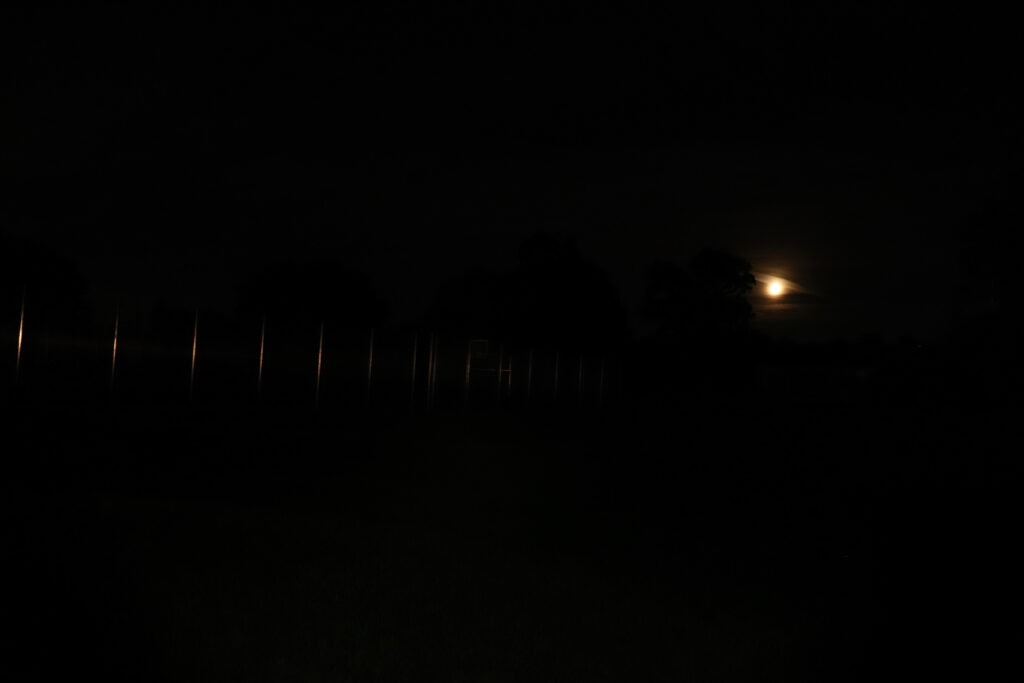
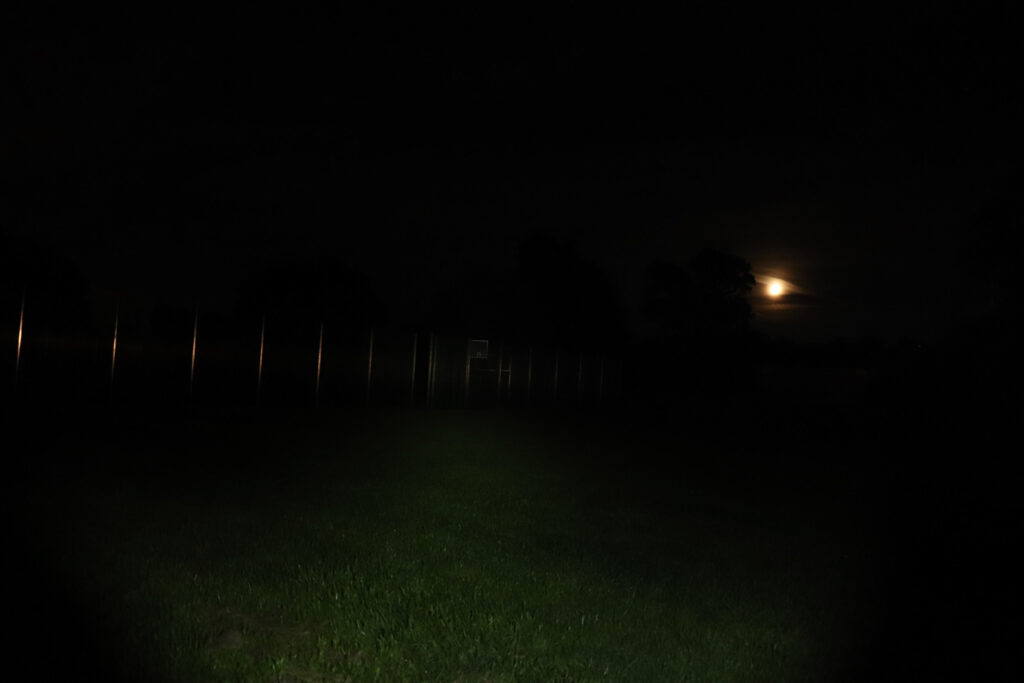

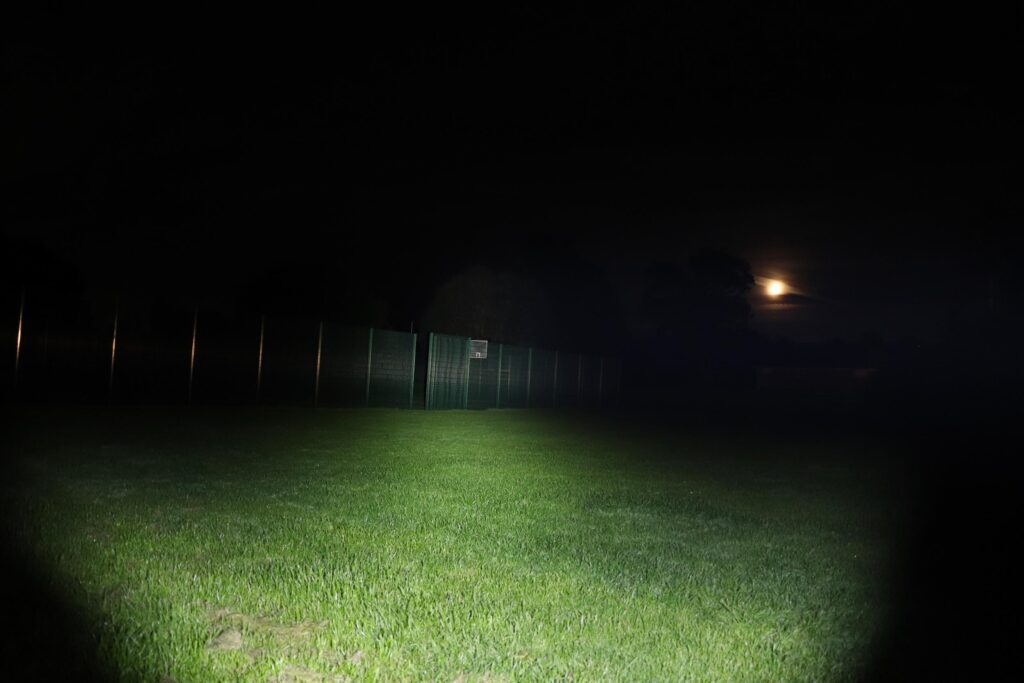
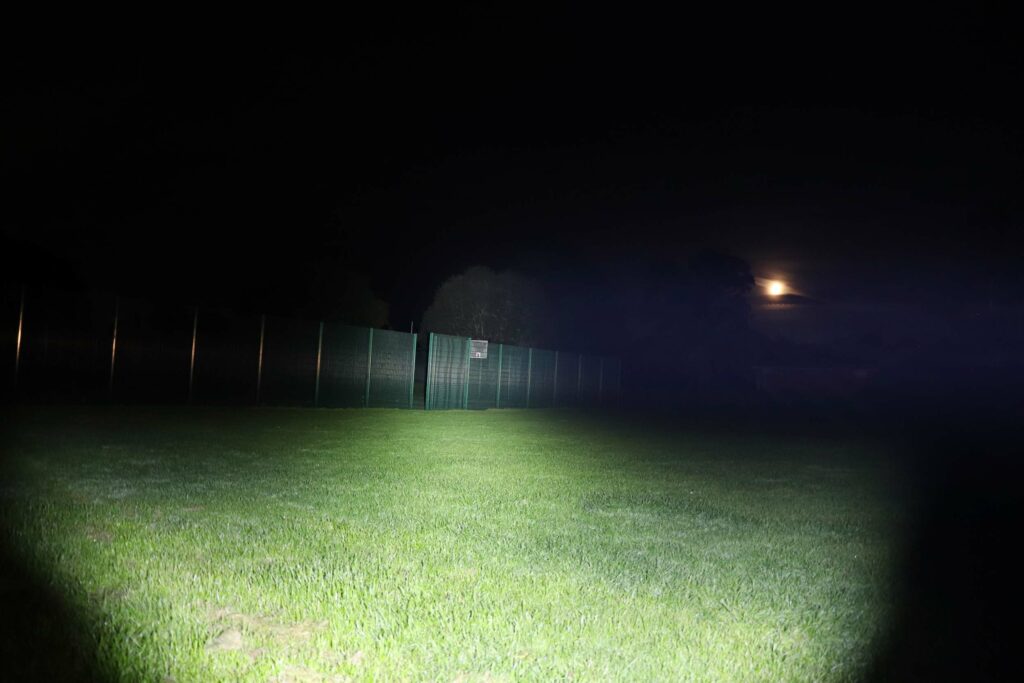
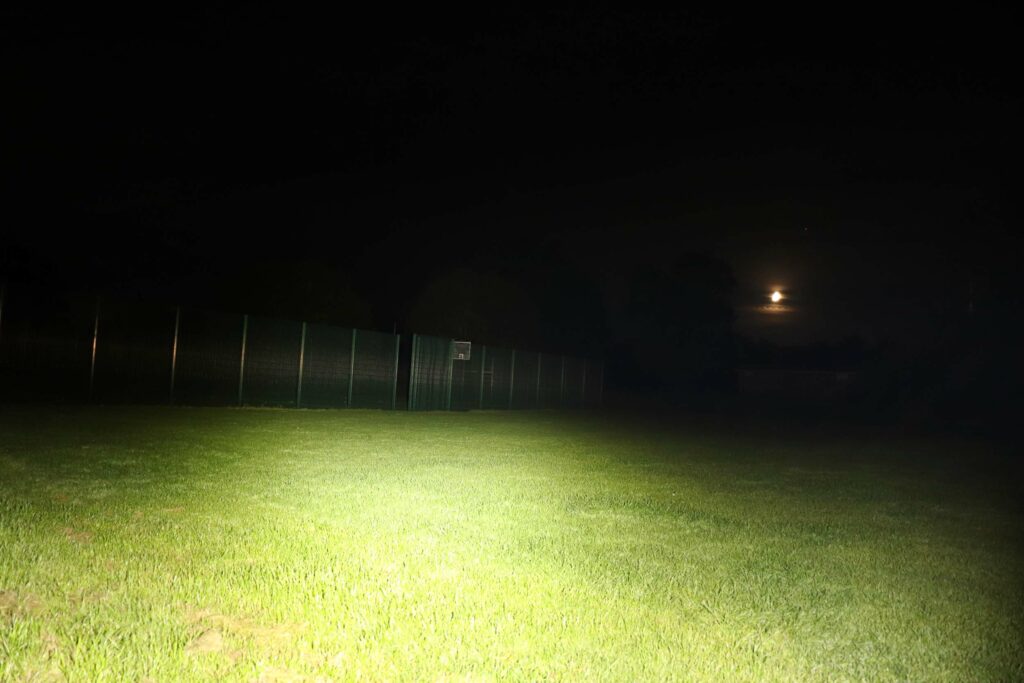
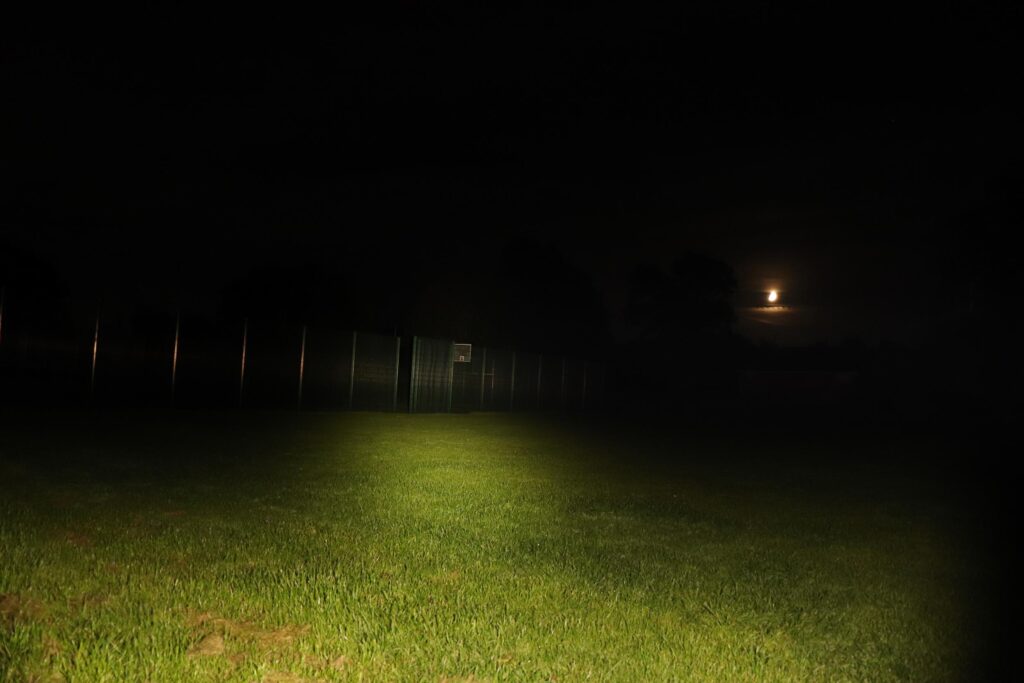
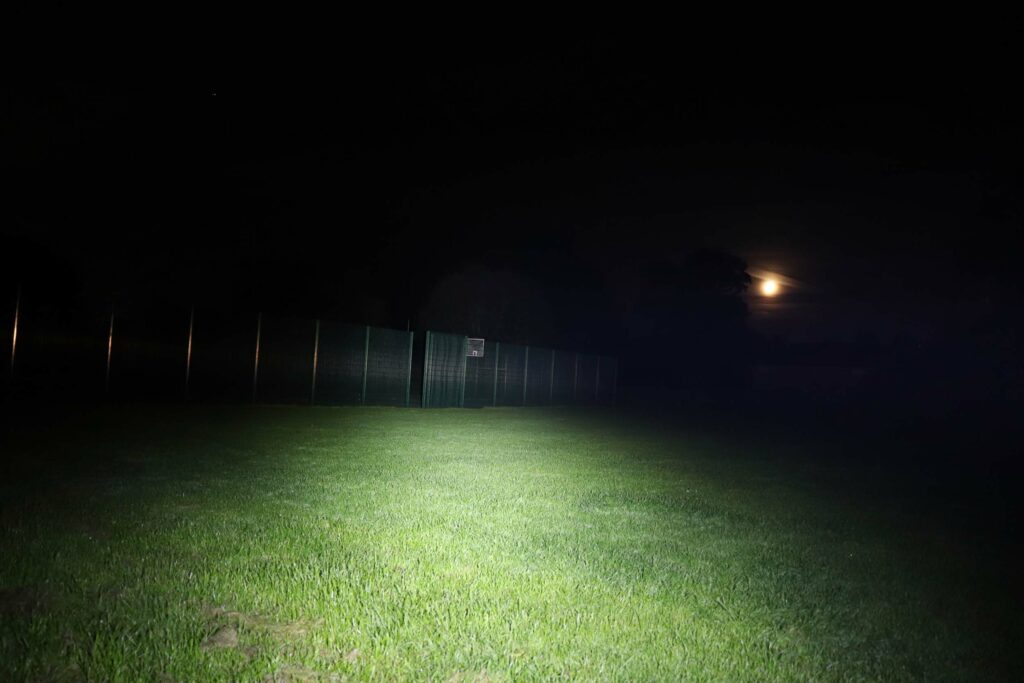
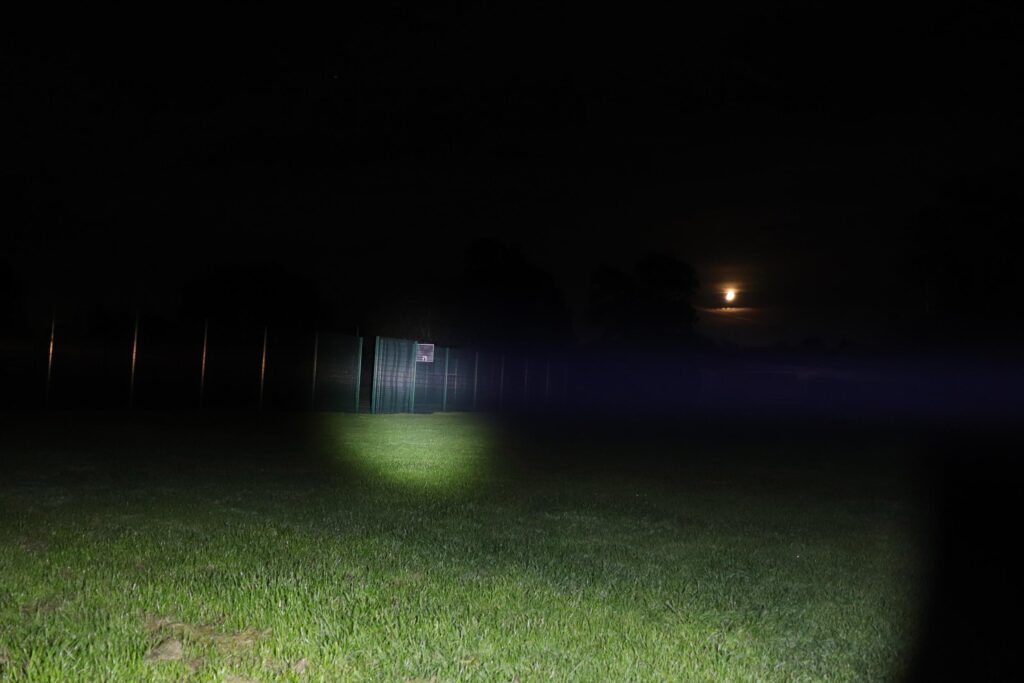
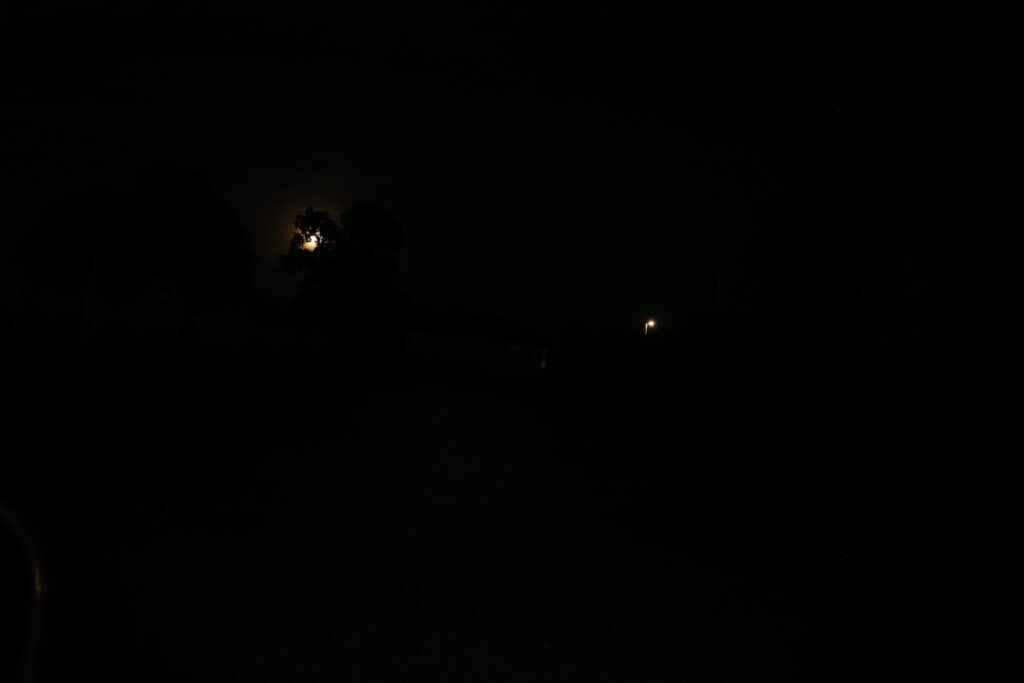
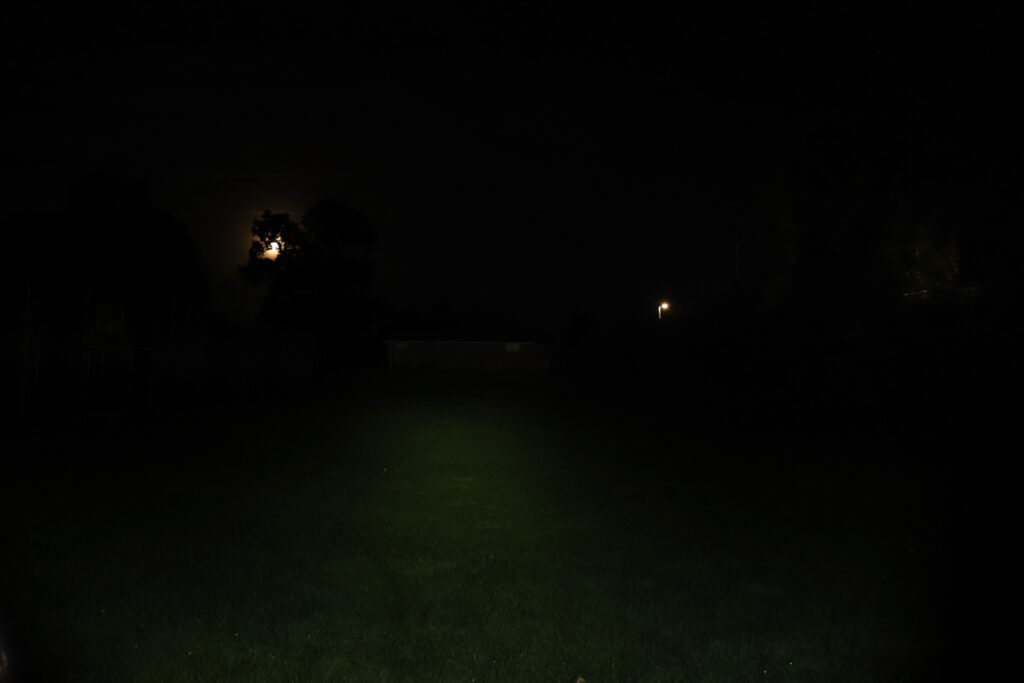
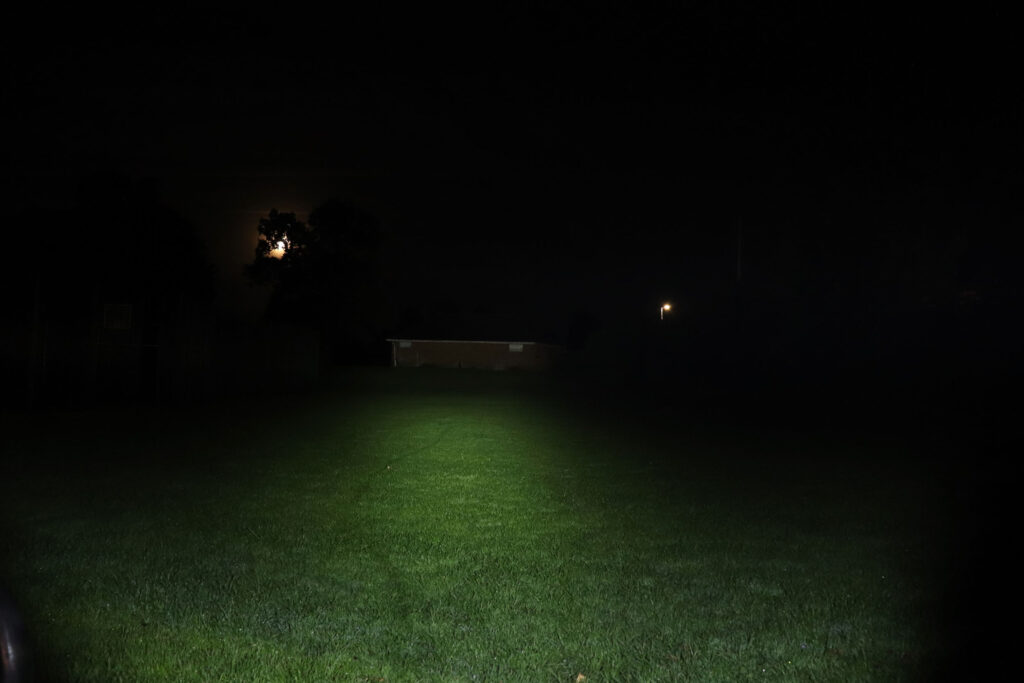
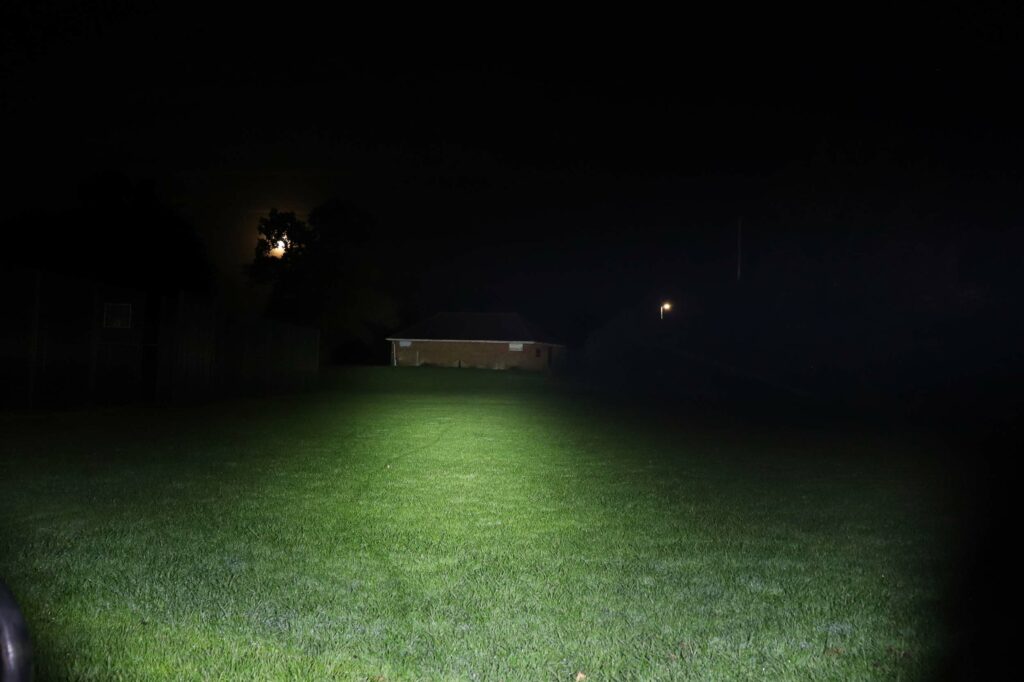
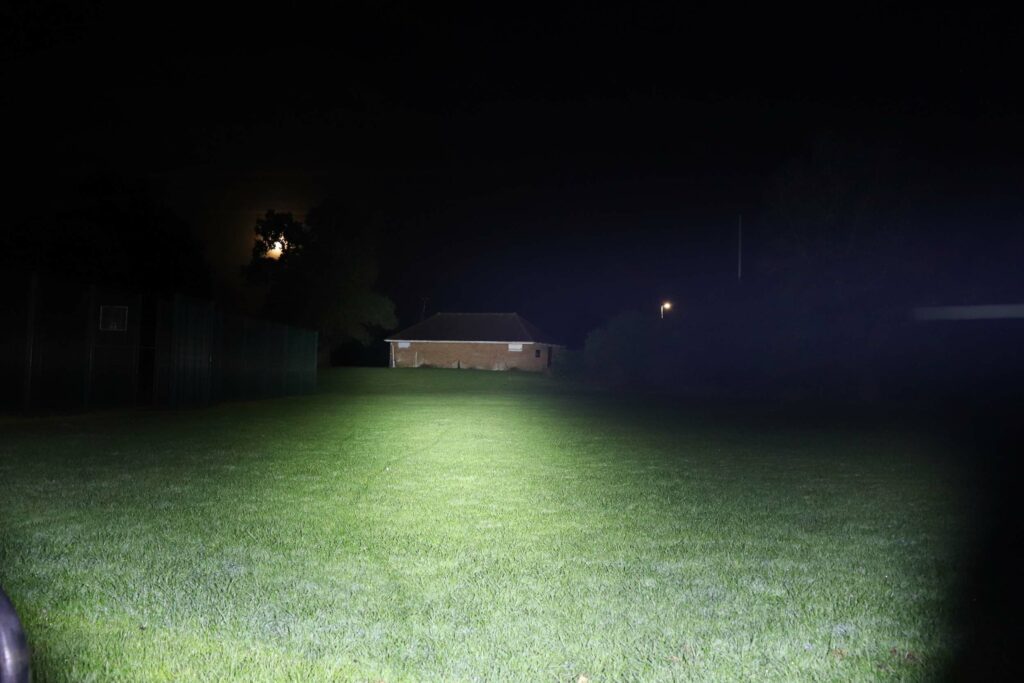
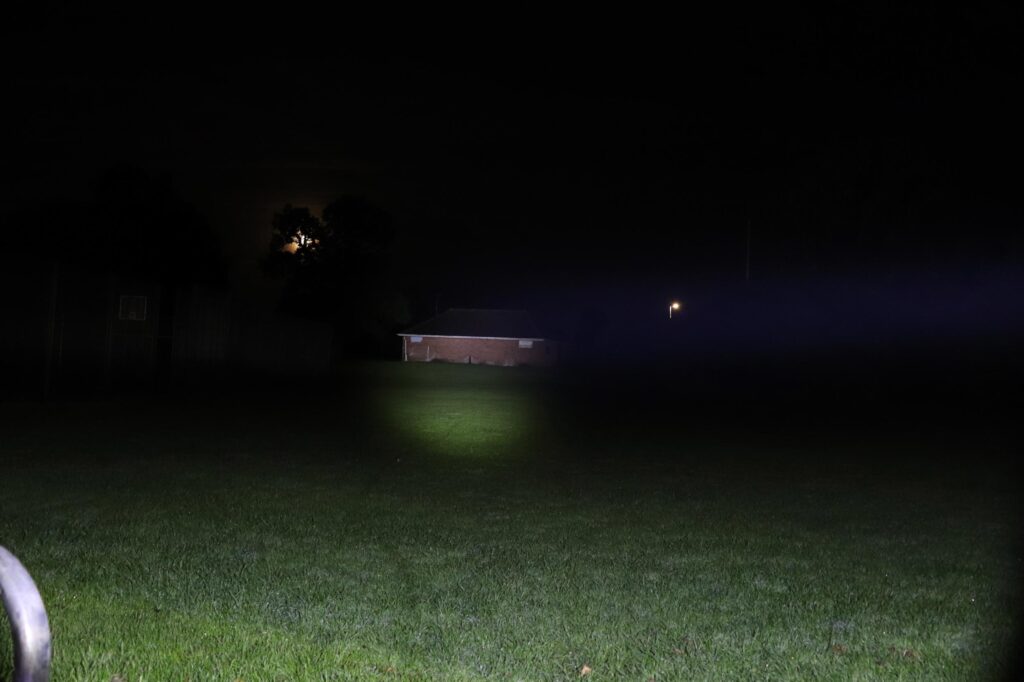
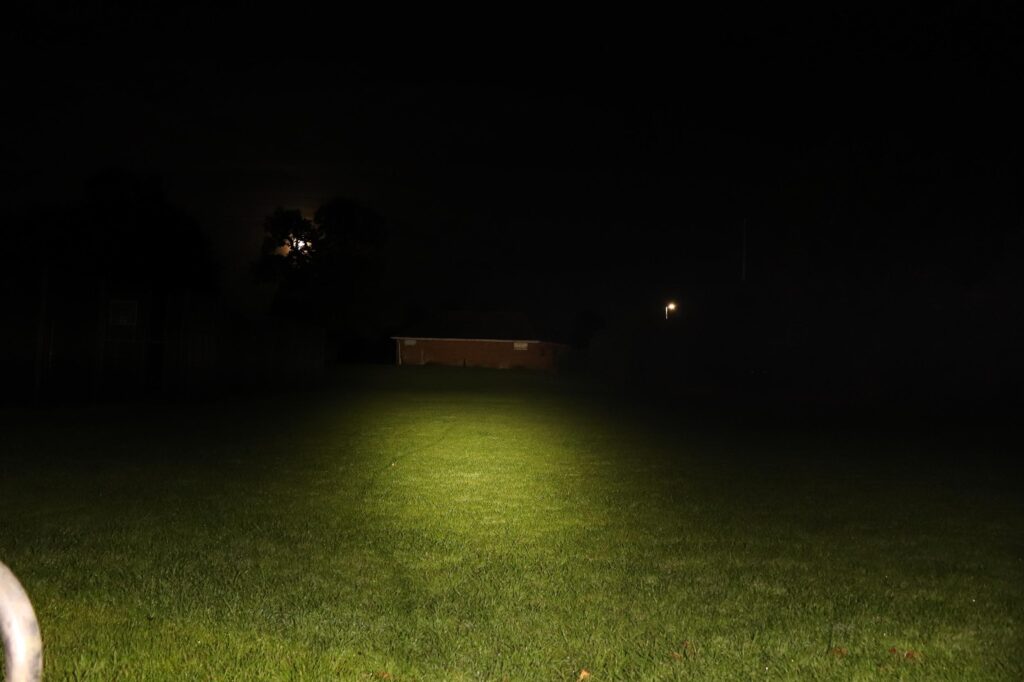
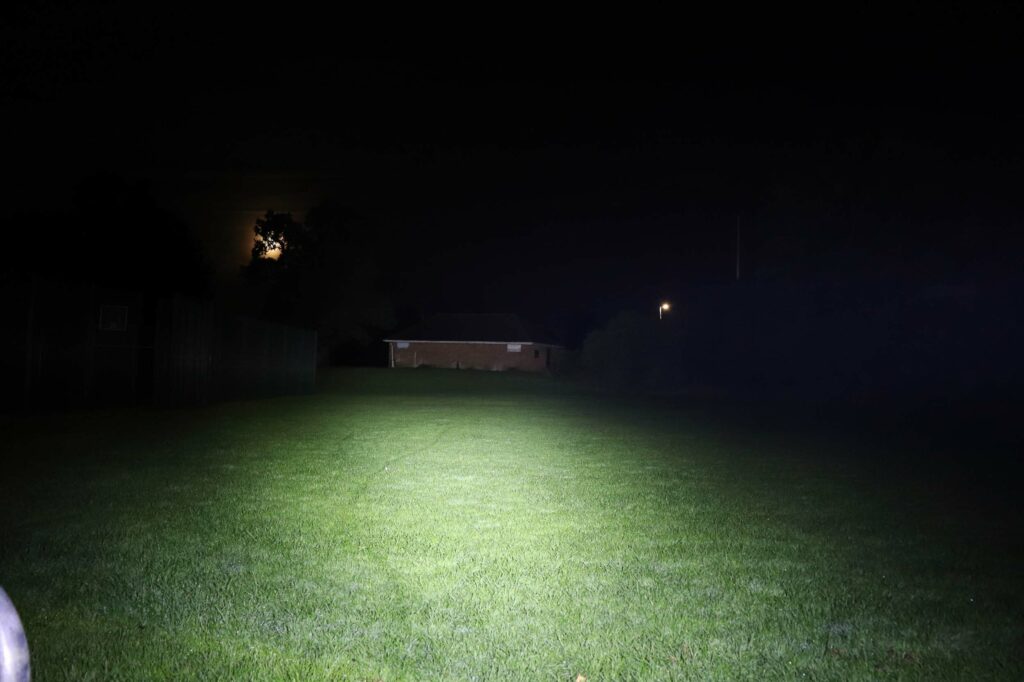
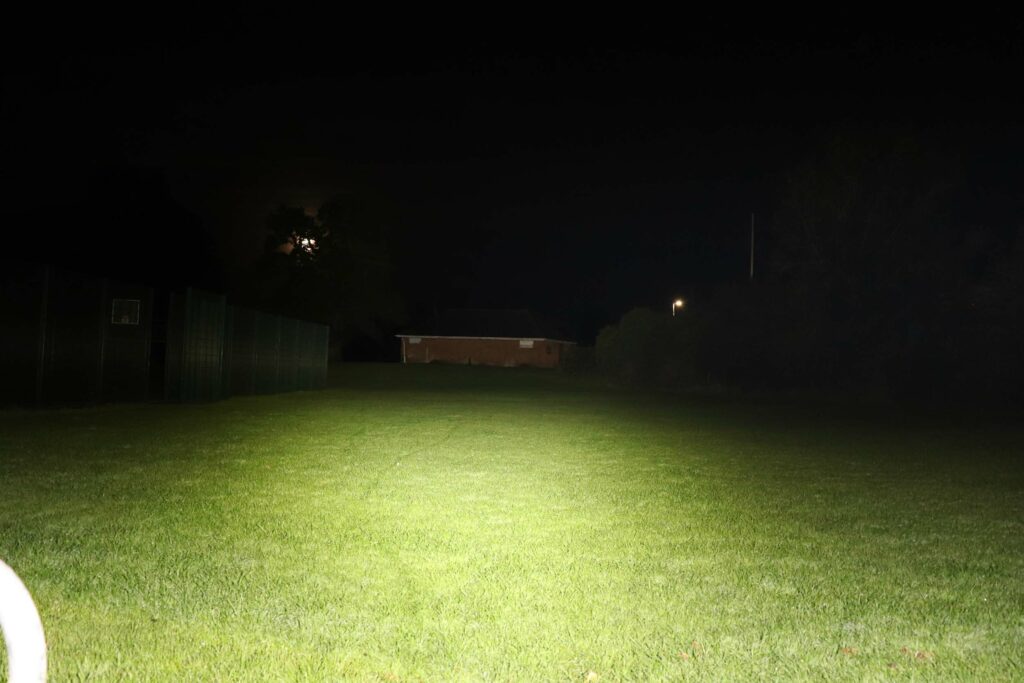
Disclaimer: This flashlight was sent to us for review at no cost by Speras. We have not been paid to review, nor have we been holding back on problems or defects.
Final Verdict
Pros
- Design
- Performance
- Size
- Build quality
Cons
- UI could do with some tweaks
- Greenish tint
- Fussy USB power supply requirements
Explanation on star ratings:
1: Avoid: a match would be a better choice – 2: Poor: significant defect or issues; almost unusable – 3: Average: some defects or issues; but still usable 4: Good: recommended (minor issues) – 5: Great: highly recommended

4 stars: ★★★★
While our star rating provides a reliable indicator, we encourage you to read the full review to make an informed decision based on your own needs and preferences.
I have to say, there is much to like about the E21. It is a good light, the tint could be better. But overall this is quite a minor gripe. I’m not 100% convinced of the UI. I just wish the mode memory was perhaps switchable. Or that you could select if the E21 started in Low or Turbo when in the Outdoor pattern. This small change to the UI would make for a vast improvement in usability.
If you need a pocket sized torch with instant access to strobe, the E21 is a winner. Yet it has the capability to be used as an EDC light too. In its current guise this is a solid four star light. Should Speras wish to improve the UI and offer a slightly less green LED this would be a five star light for certain.
Buy your Speras E21 here:
1lumen selects and reviews products personally. We may earn affiliate commissions through our links, which help support our testing.